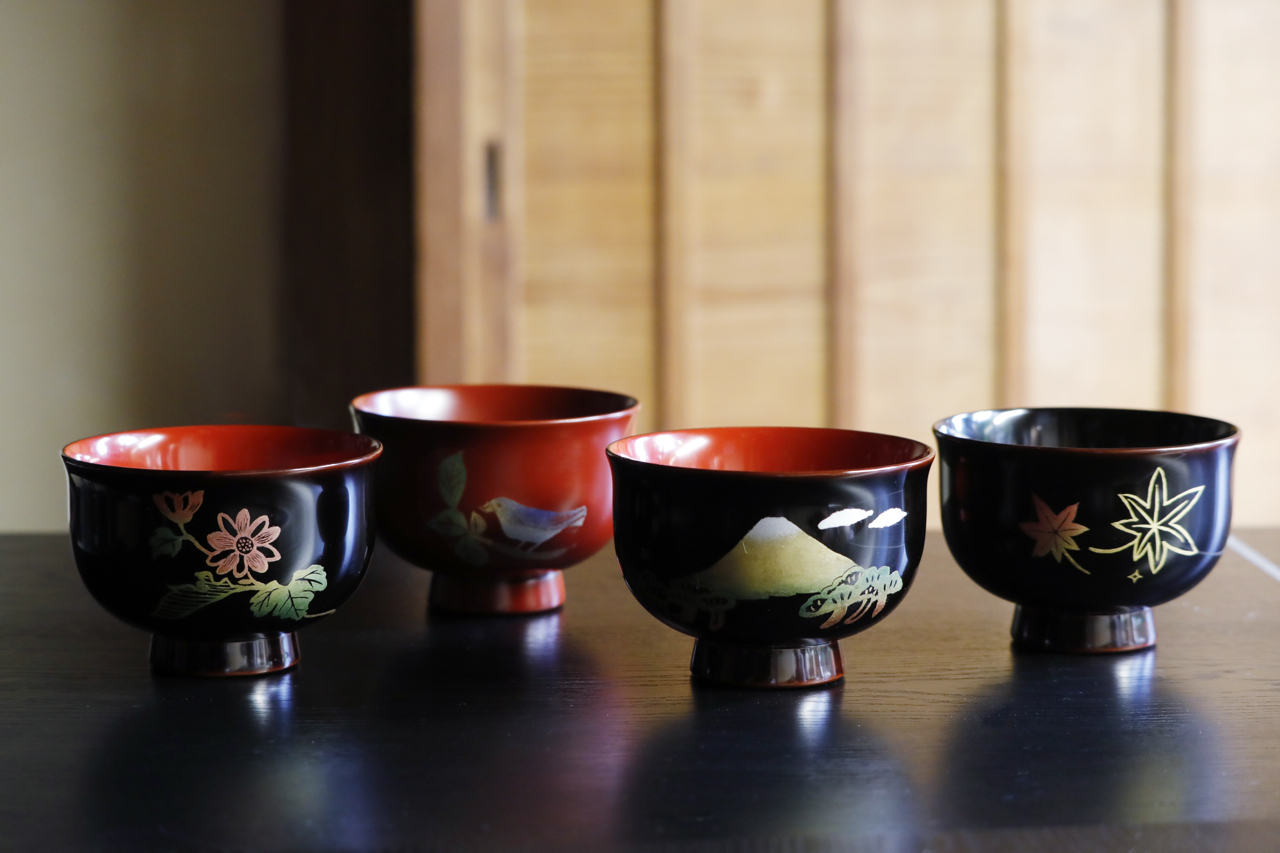
All the Basics of Lacquerware
Beautiful Lacquerware 'Shiiki'
- Carve out a Bowl
-
You will visit the Kawada district in Fukui Prefecture, Japan, renowned for its lacquerware, and have the opportunity to immerse yourself in the traditional art of Japanese tableware production. In a single day, you'll visit three skilled craftspeople, each specializing in different steps of lacquerware production. You will witness their craftspersonship, and with their expert guidance, create your own unique bowls or lunch boxes. Typically, the world of lacquerware involves a complex, time-consuming process spanning several months. However, this tour streamlines the experience, allowing you to explore three key steps in a condensed timeframe. After each artisan completes your work, your creations will be sent to you by mail, ensuring you can cherish and enjoy the fruits of your trip.
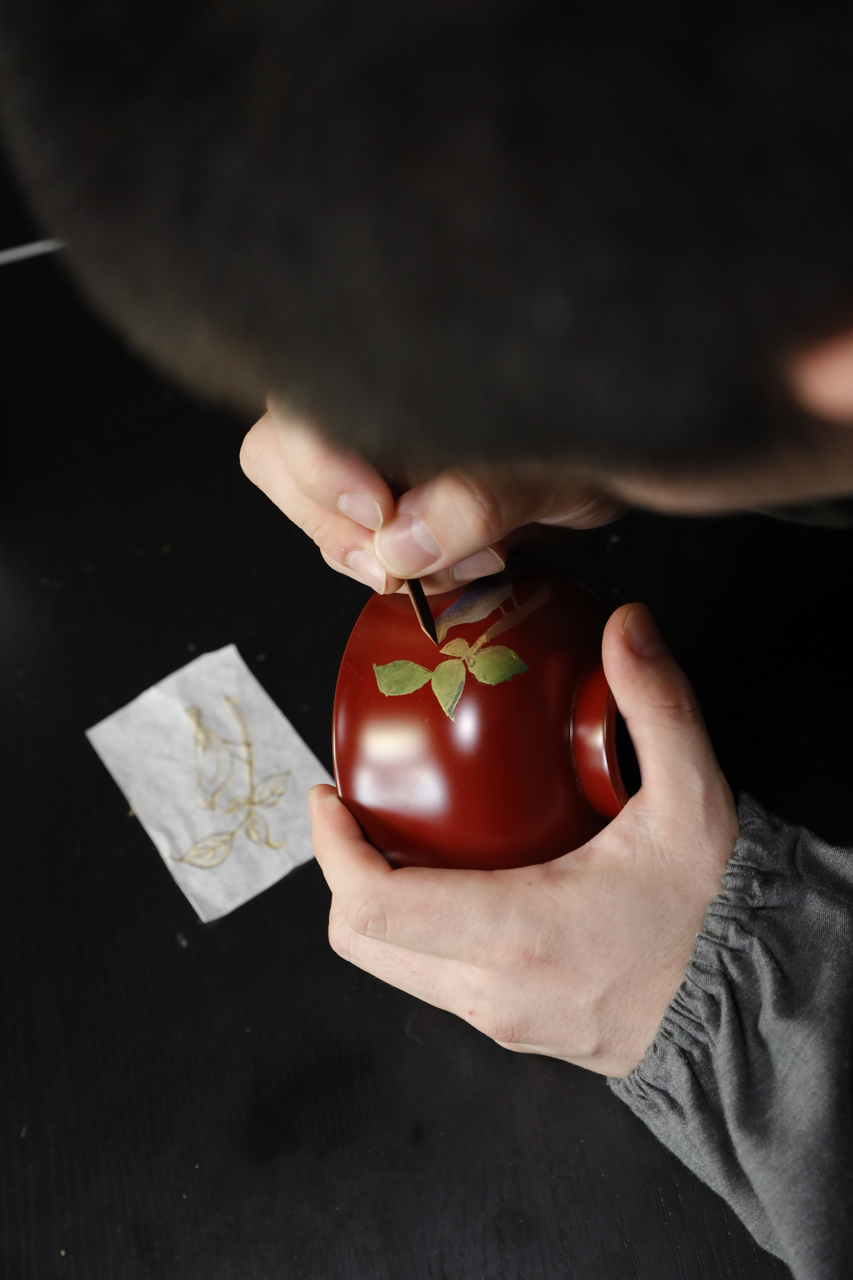



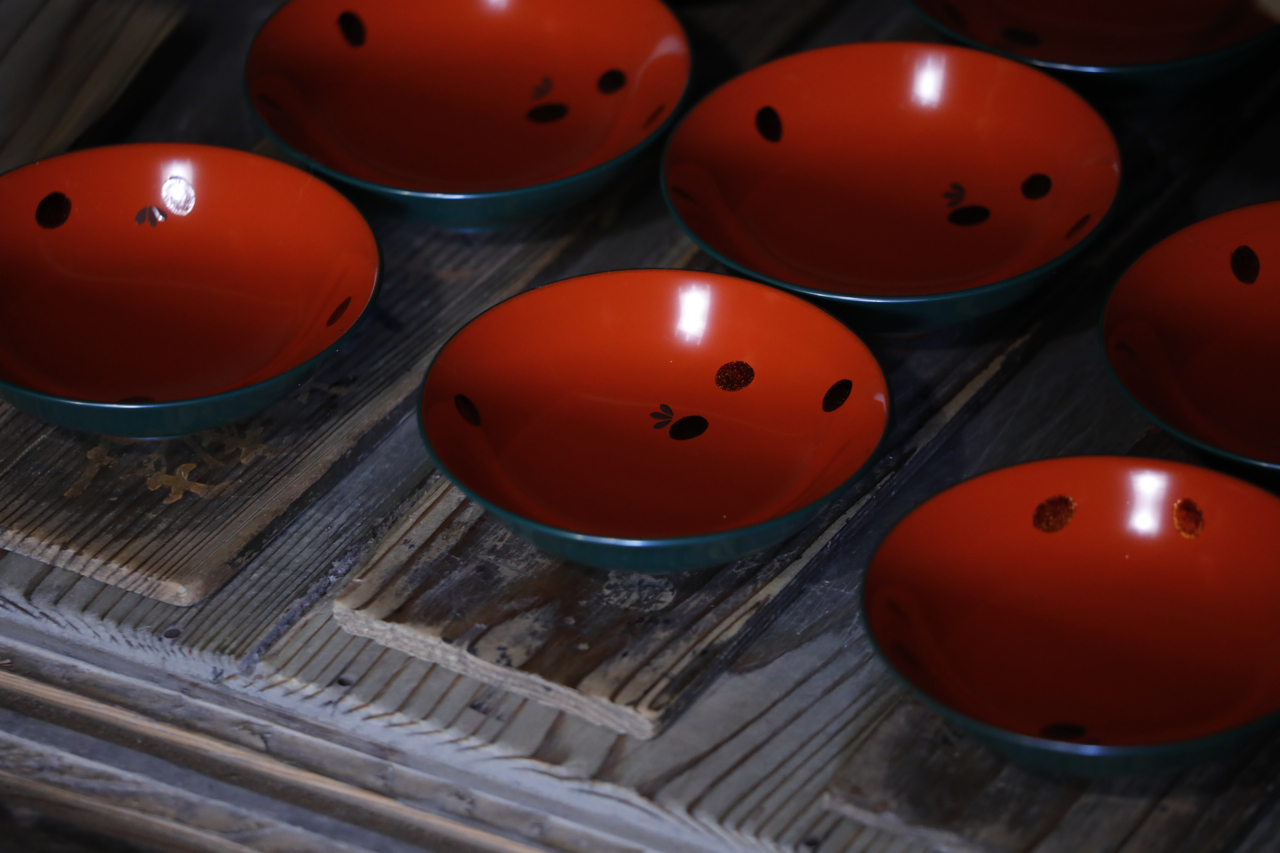
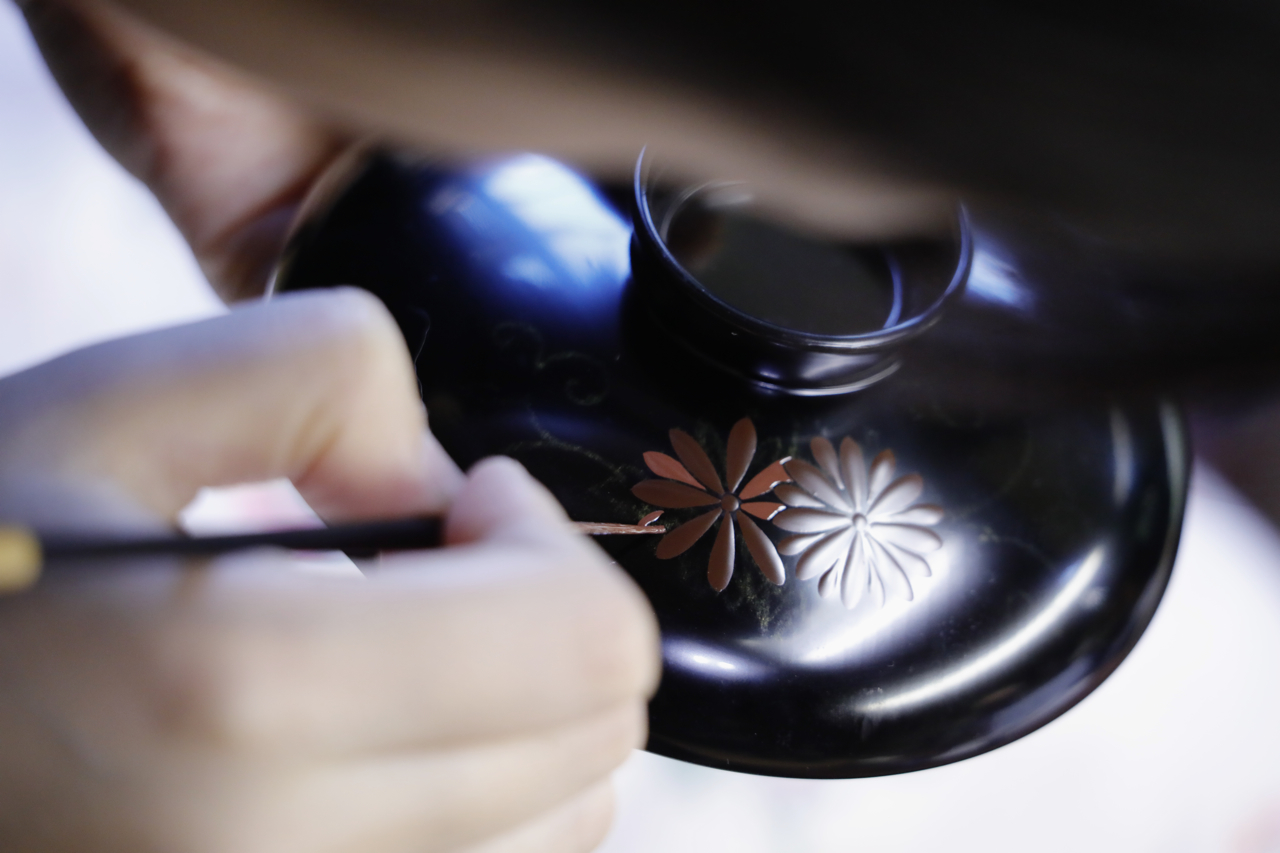
- The origin of Echizen Shikki
-
The origin of Echizen Shikki is said to date back to about 1500 years ago. The 6th century, the end of the Kofun period. When the 26th Emperor Keitai was still a prince, he was ordered by a painter in the Katayama village (now Katayama-cho, Sabae City, Fukui Prefecture) to repair the broken crown. The priest repaired the crown with lacquer and presented a black bowl, and the prince was impressed by the splendid workmanship and encouraged him to make lacquer ware in the Katayama village. This is said to be the beginning of today's Echizen Shikki.
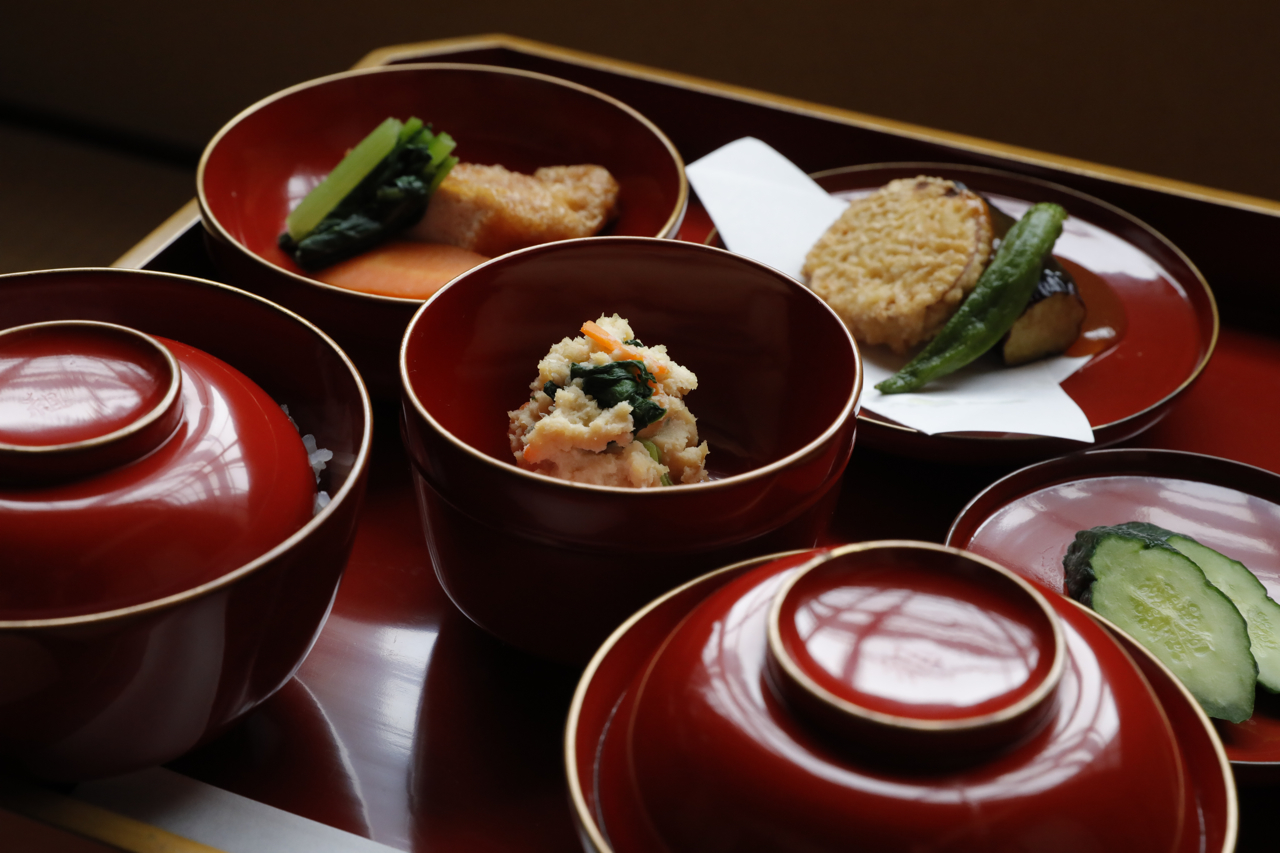
- As a major lacquer ware producing area
-
In the middle of the Meiji era, Echizen Shikki will reach a major turning point. Until then, most of the products were bowls called Marubutsu, but now we are also making dishes such as Kakumono. Since then, the product lineup has diversified at once, including heavy boxes, hand boxes, trays, confectionery boxes, and vases. The production area has expanded to the entire Kawada area, and the lacquer ware produced there has come to be called Kawada-nuri. Against the background of these diverse product groups, we set out to develop a sales channel for commercial lacquer ware used in inns and restaurants while establishing a mass sales system, and this was a great success. Having expanded into large consumption areas such as Nagoya and Osaka, Kawada Nuri became widely used as Echizen lacquerware.

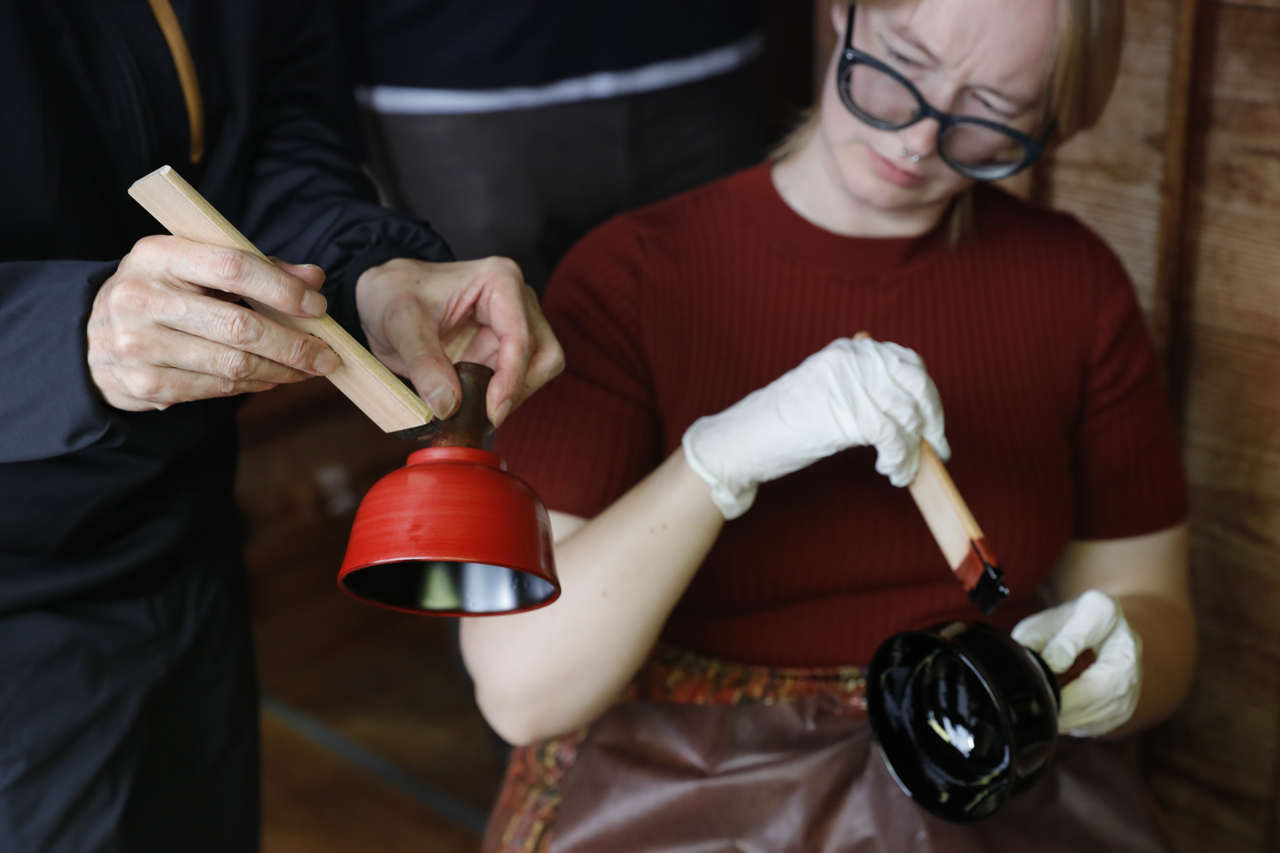
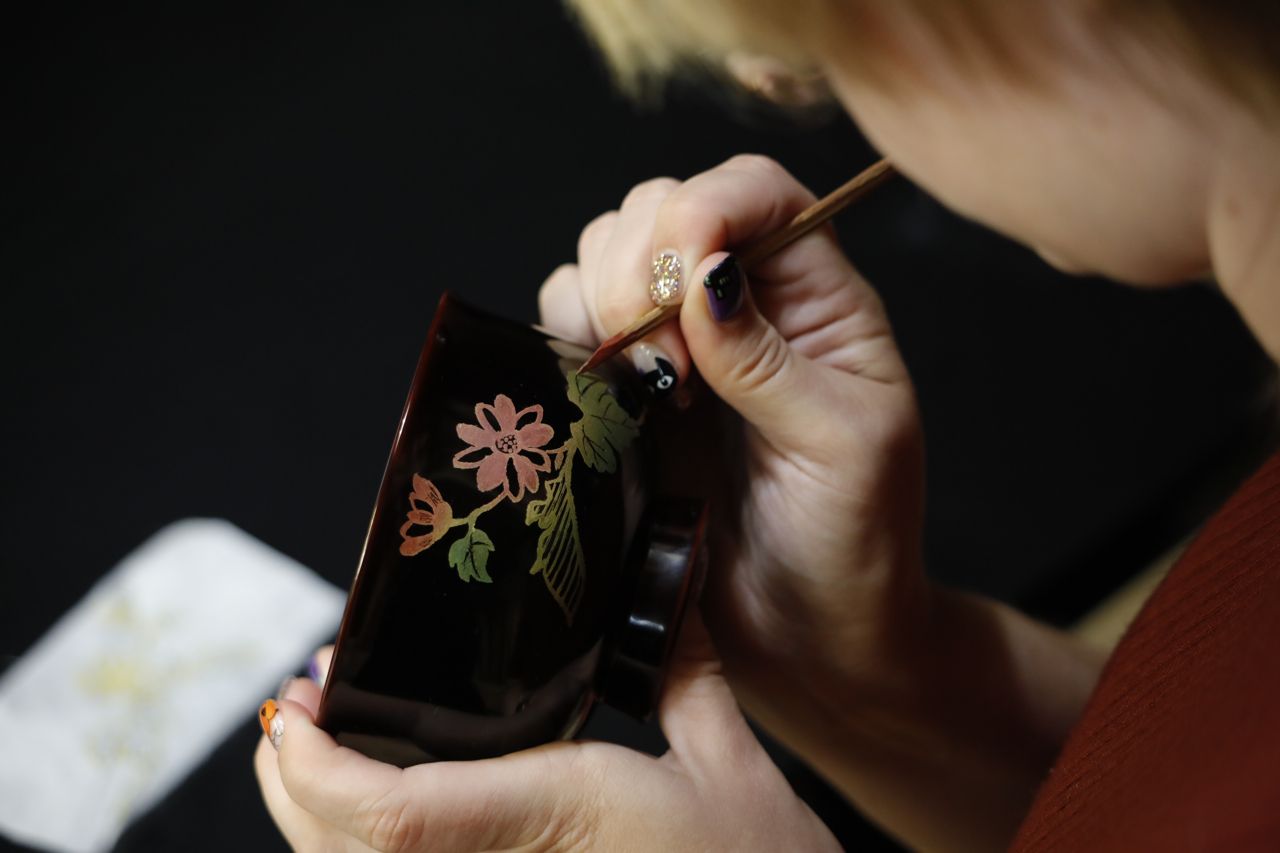
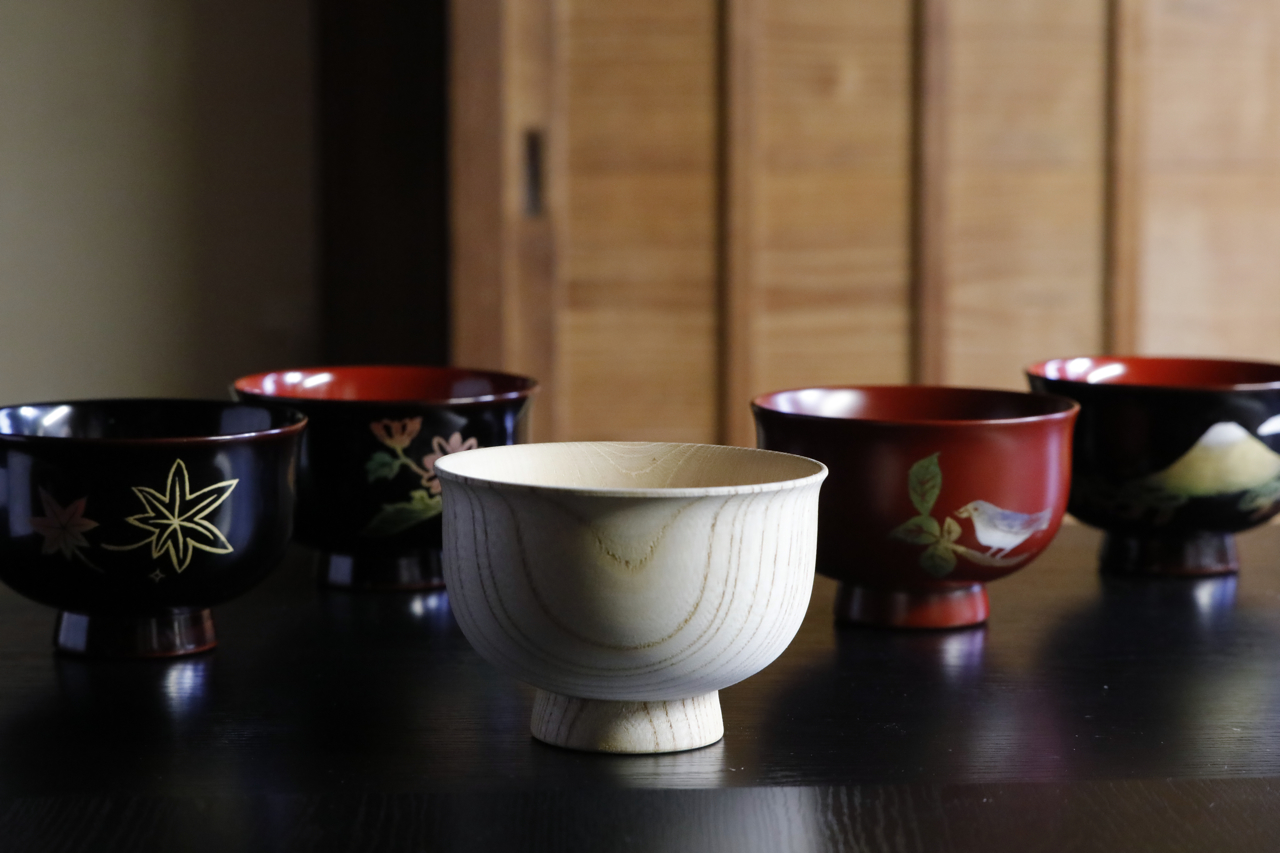
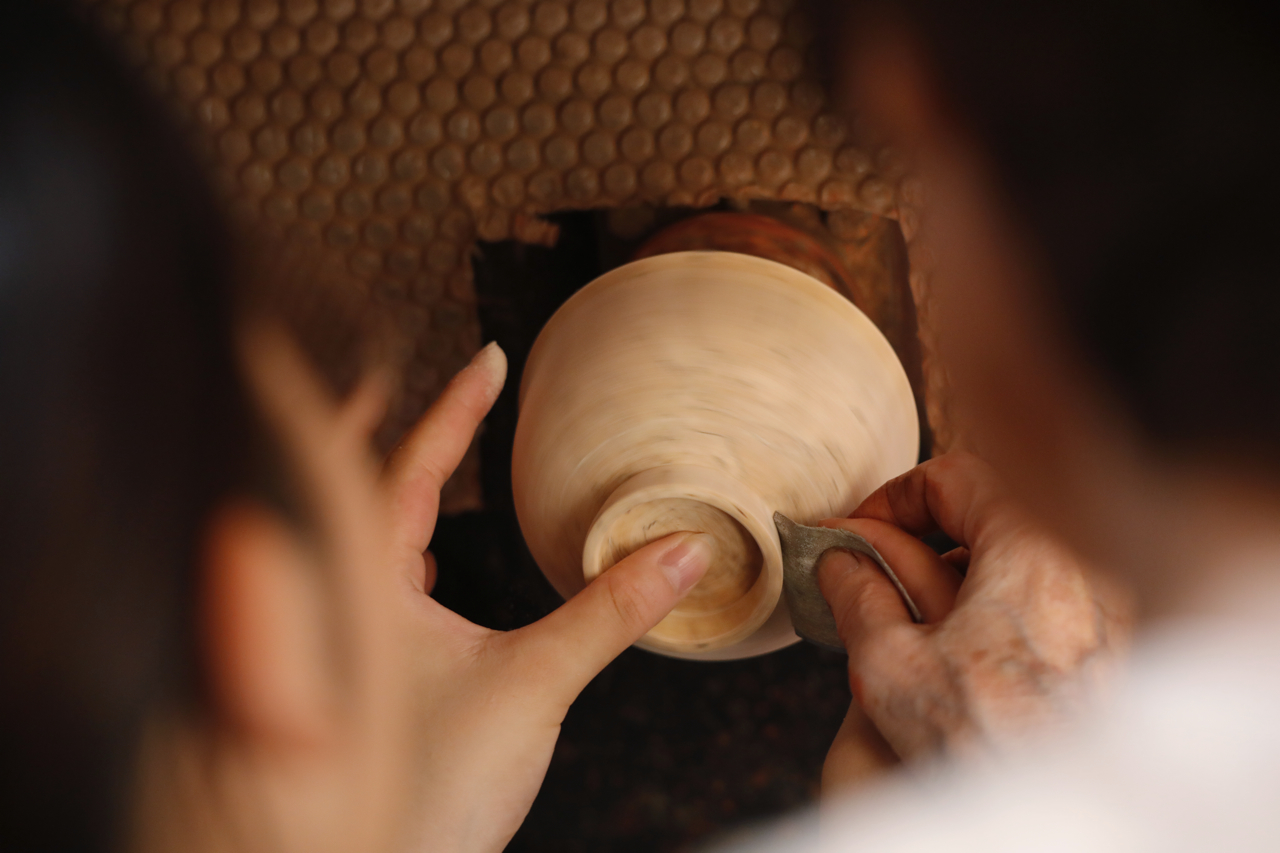
- He says
-
“Working with wood is a job handling sharp tools. It is a job with risk, so acquiring the skill with our body is crucial, and the approach to applying force and angles varies depending on individual physique. There's a certain craftspersonship that cannot be conveyed through words. I hope you can grasp the difficulty through firsthand observation and experience.
Because it's something I love, facing wood without giving up is possible. I'm constantly thinking of interesting ideas and pondering what will sell and bring joy to my customers.”
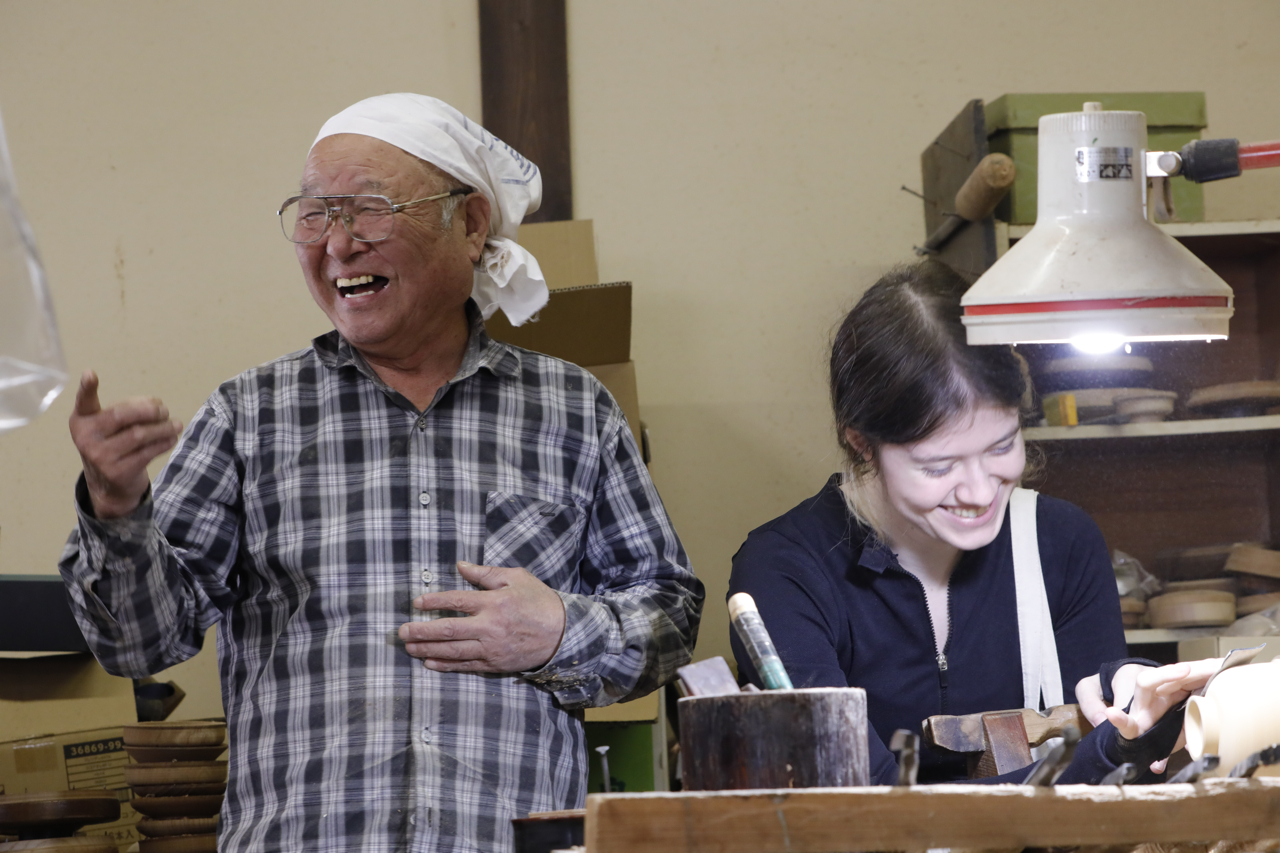
- He says
-
“I believe there are few traditions in Japanese traditional crafts that are used in daily life. Echizen lacquerware has incorporated lacquer into our food culture, making it the most familiar tradition.
To create one bowl, various processes involve the hands of many people, and meticulous work from everyone is essential. The layering of lacquer requires multiple applications. Applying a layer reveals whether the previous step has done well or not. Even a brush requires a highly refined skill. I hope you can experience the depth of sense behind the processes.”

- He says
-
“I hope you come to Kawada, where the unique lacquer culture of Japan thrives, experience a part of it firsthand, and appreciate the splendor and depth of lacquer, allowing you to enjoy Japan even more.
I would be delighted if you could enjoy using your self-made vessel at home and, on that occasion, remember us. Drawing something that stirs emotions requires meticulous effort. There are no theories in art, so believing in your own sensibility leads to originality. I think it is in the same way as our life.”
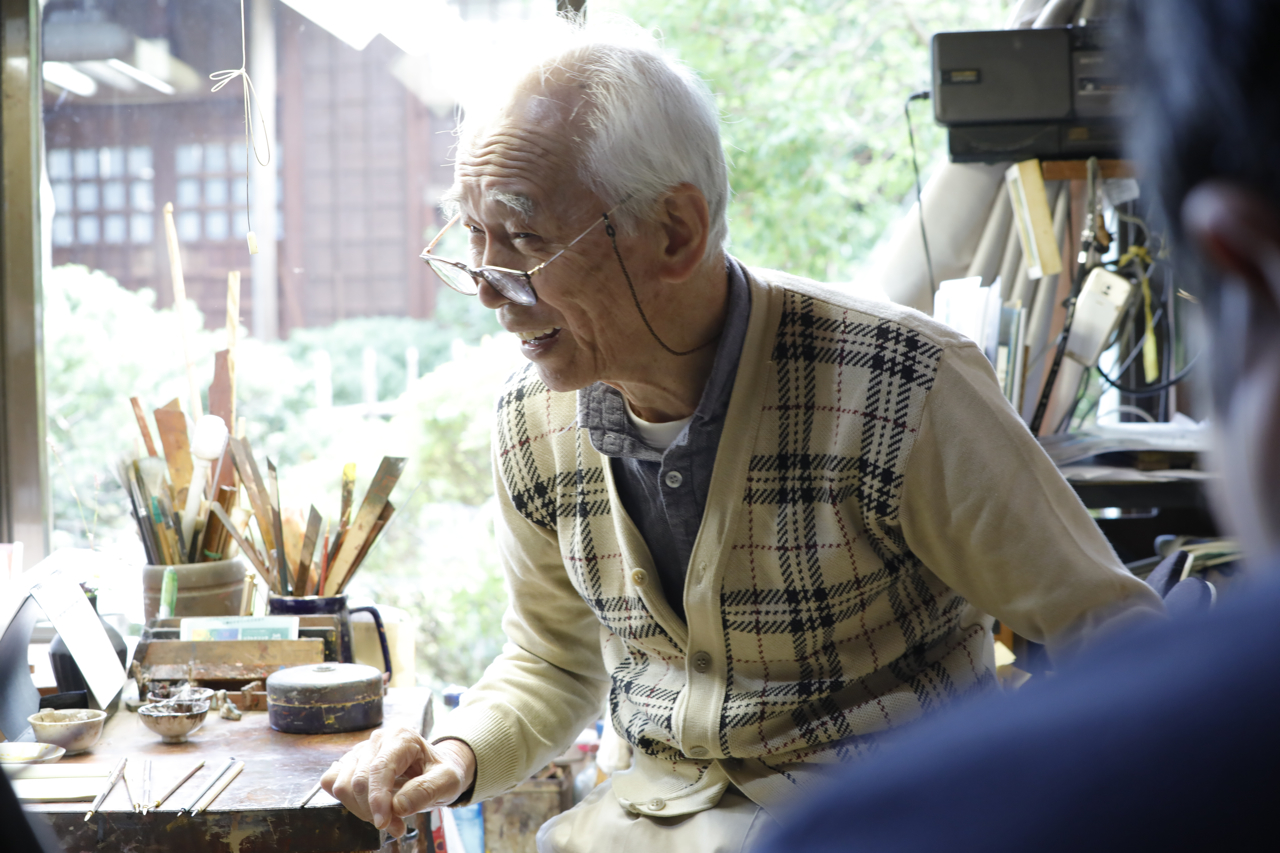
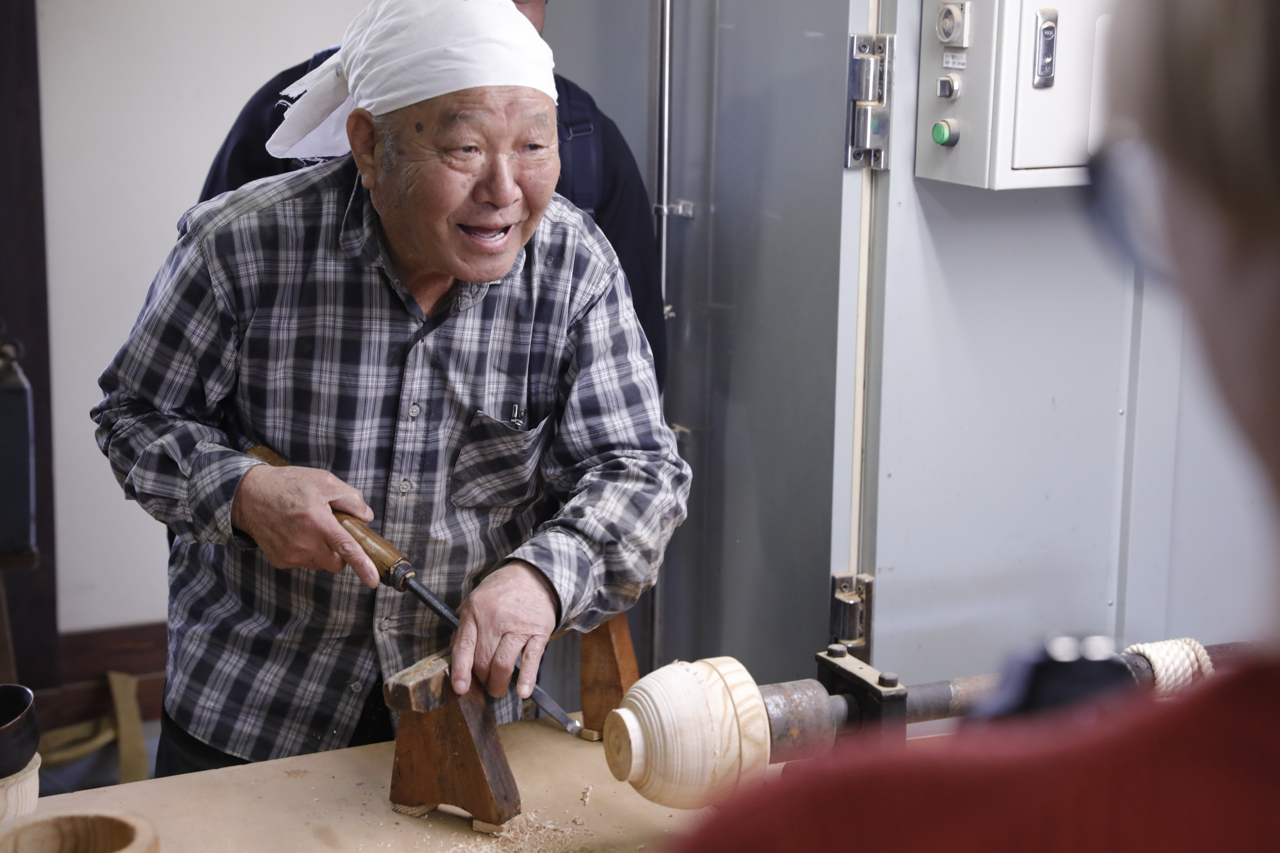
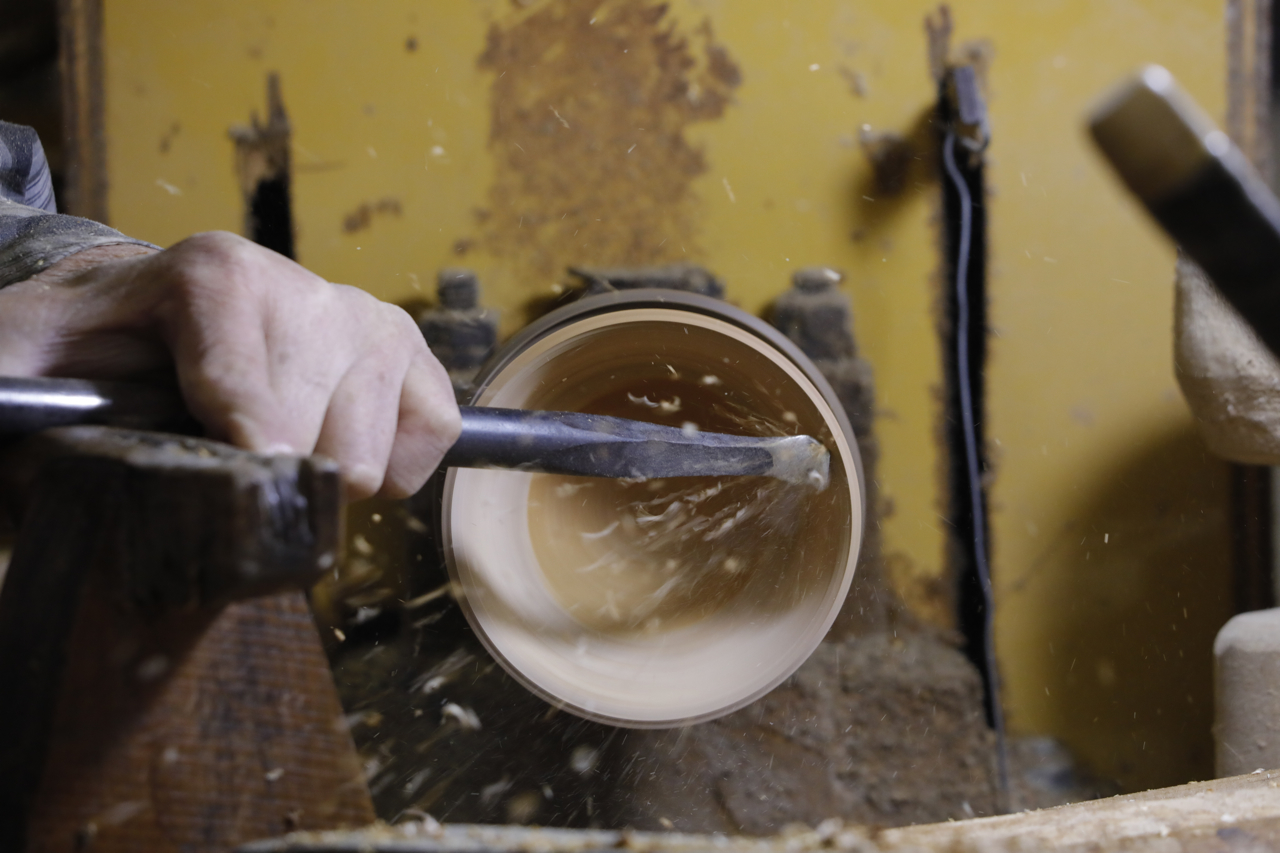
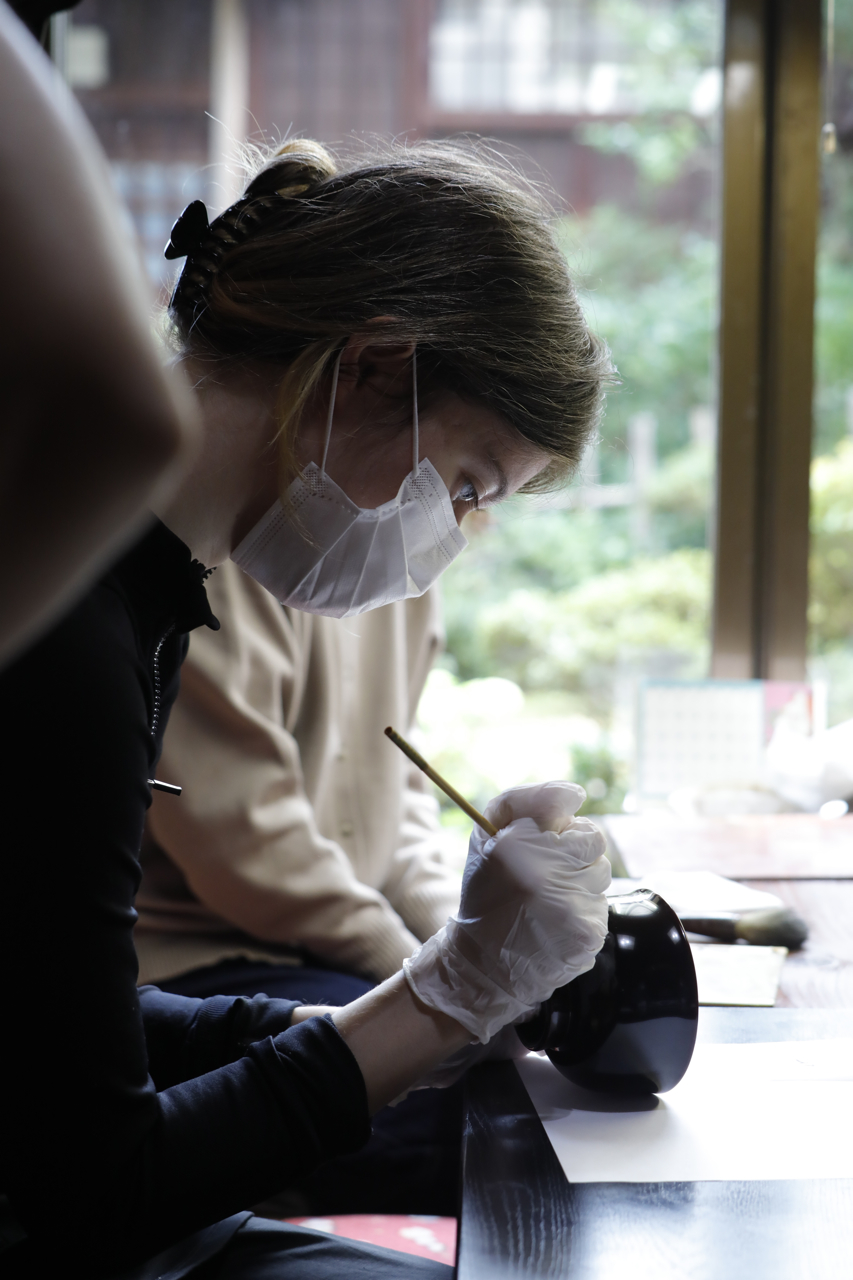

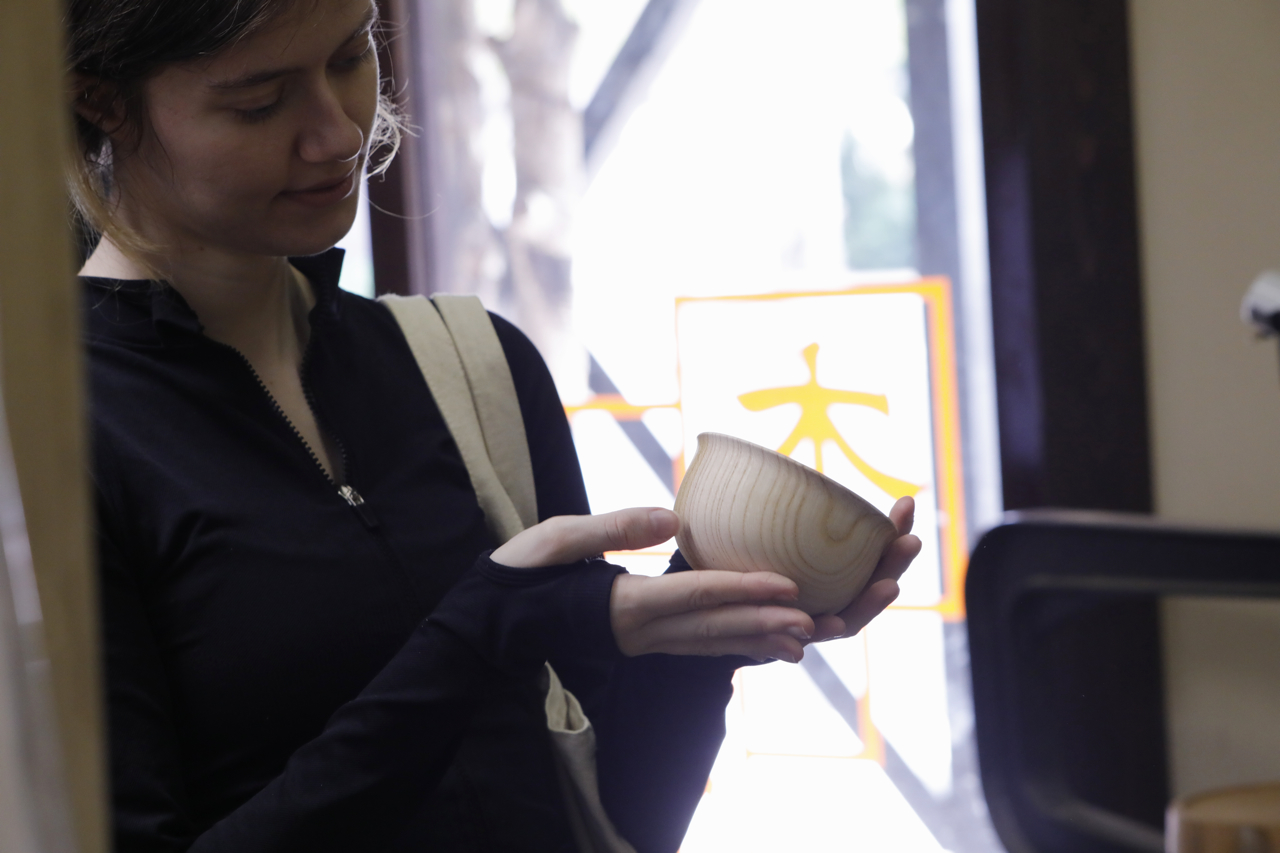
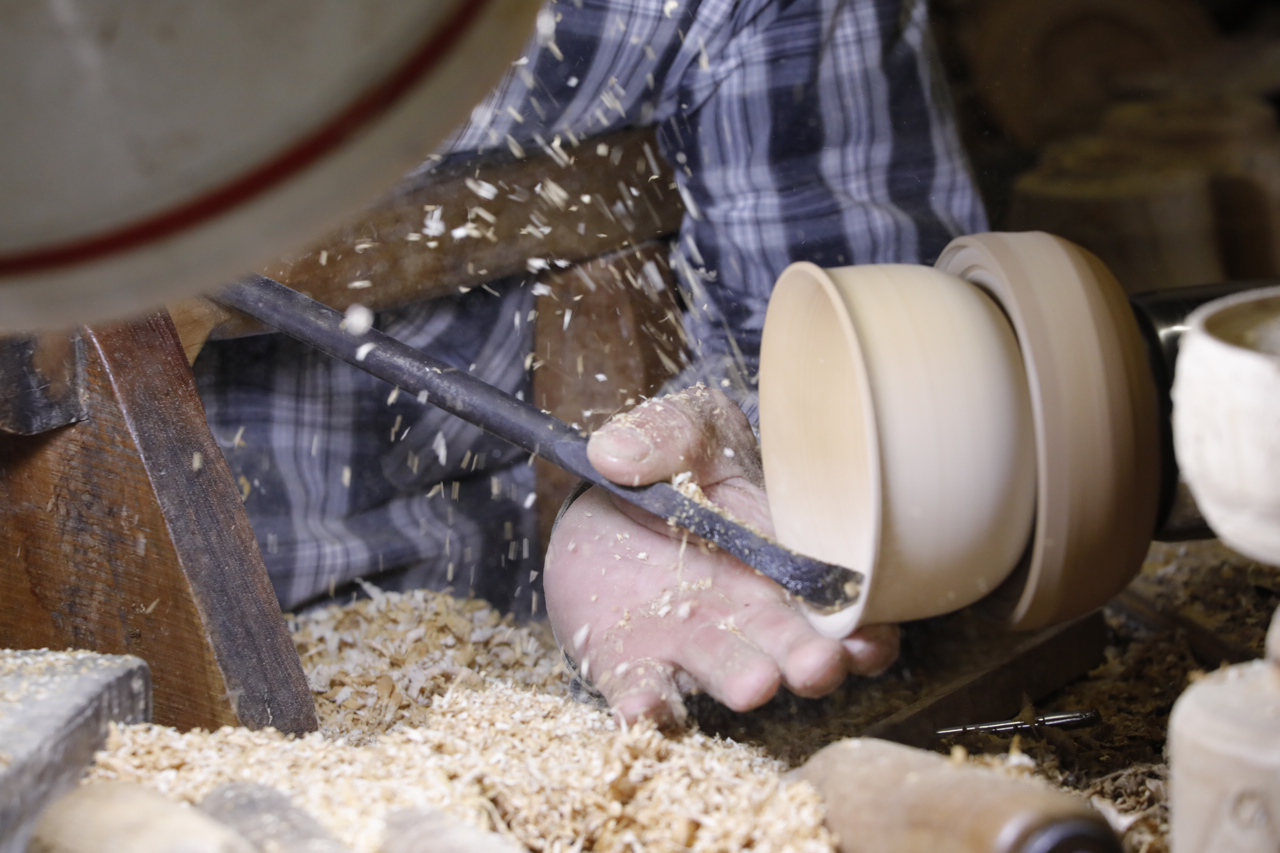
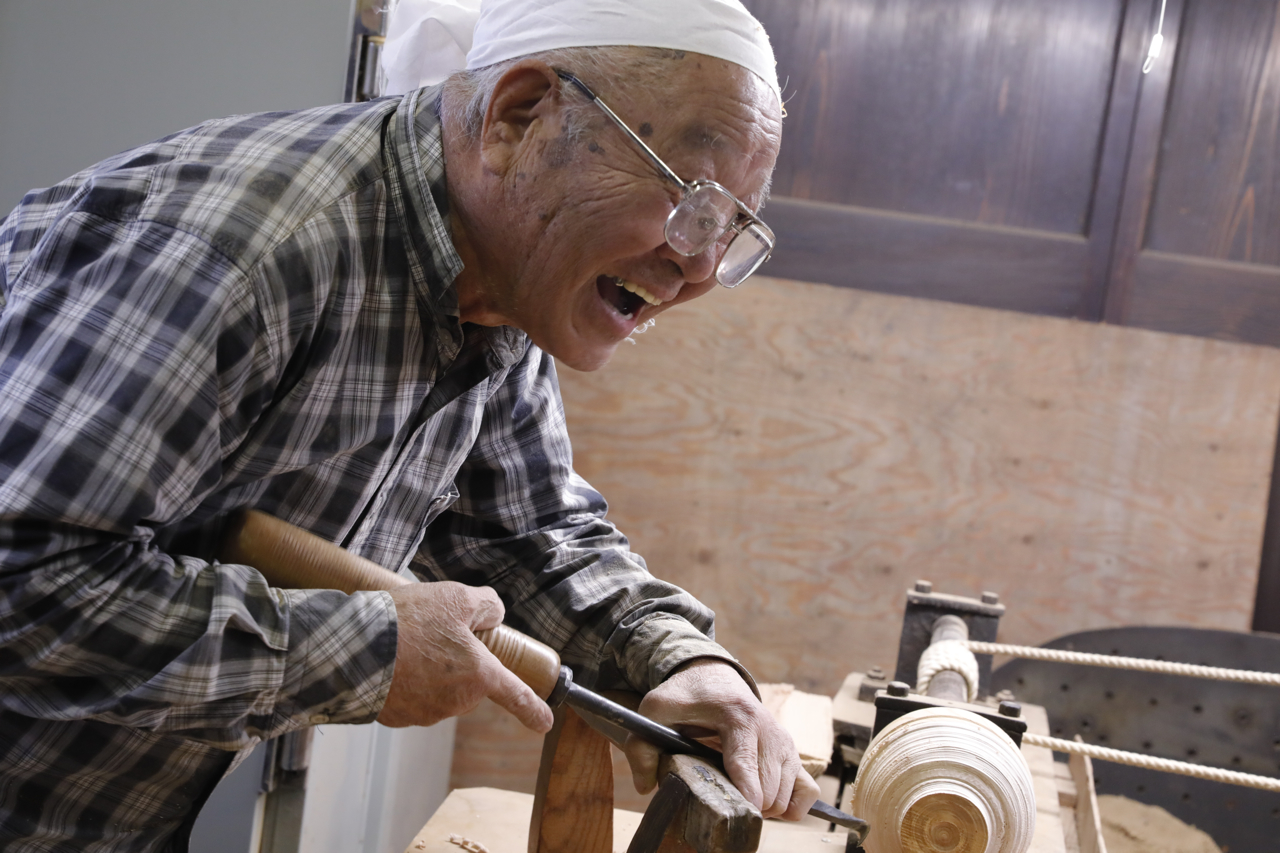


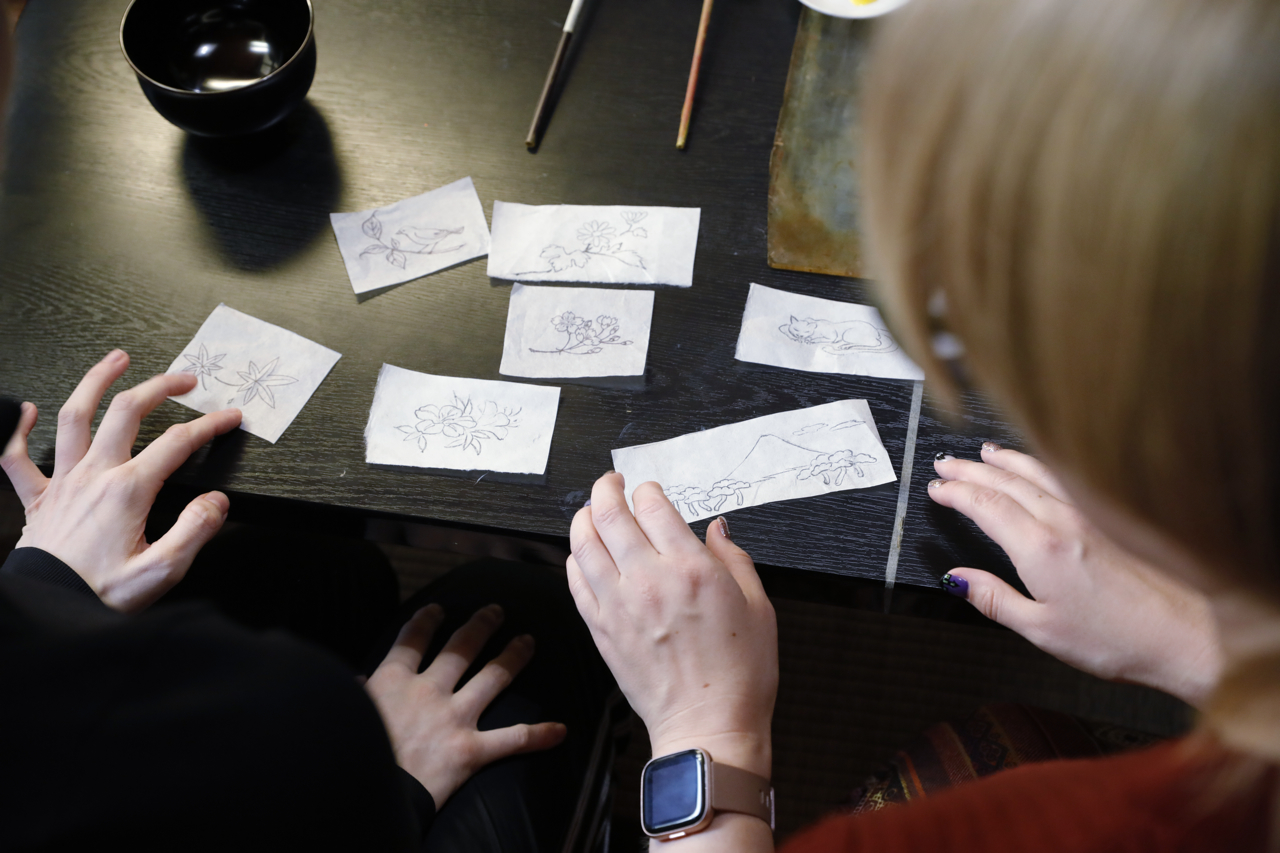
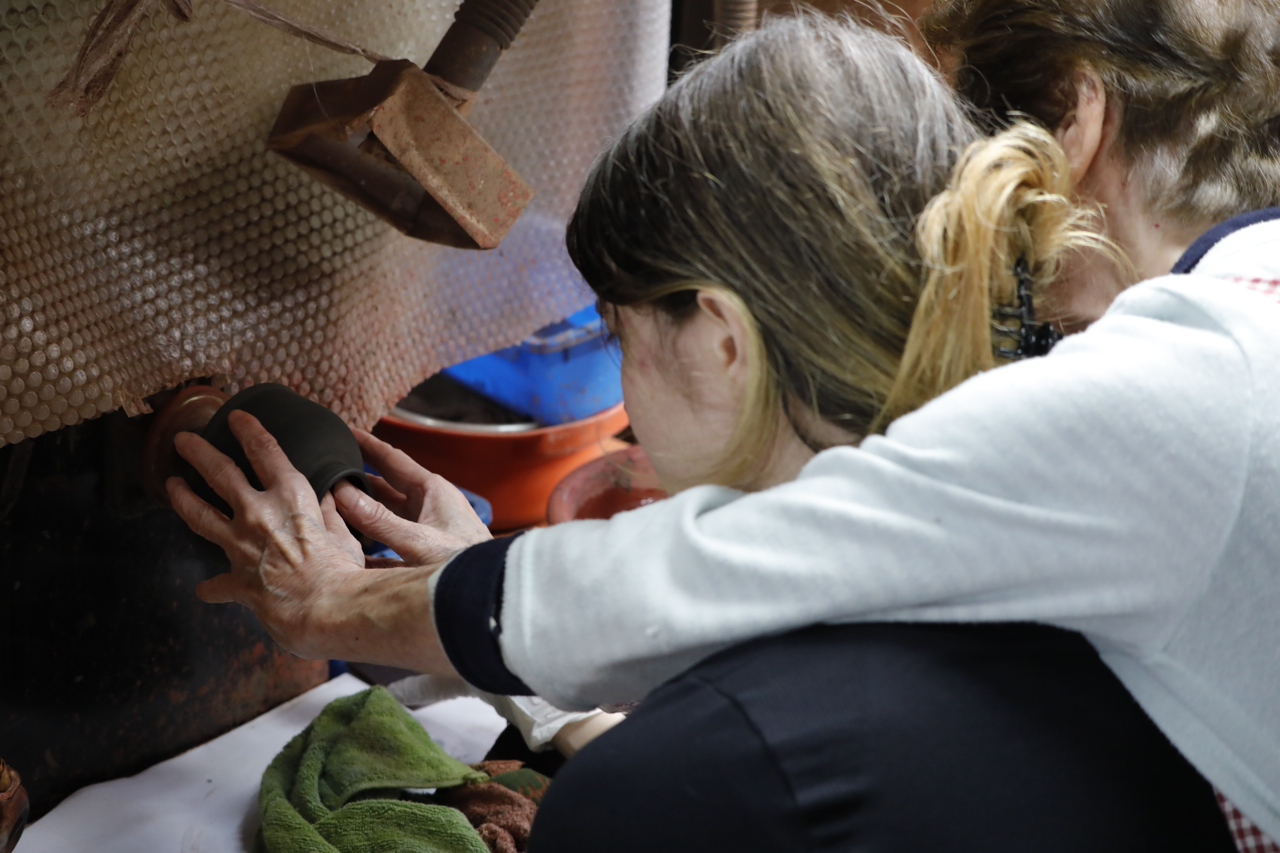
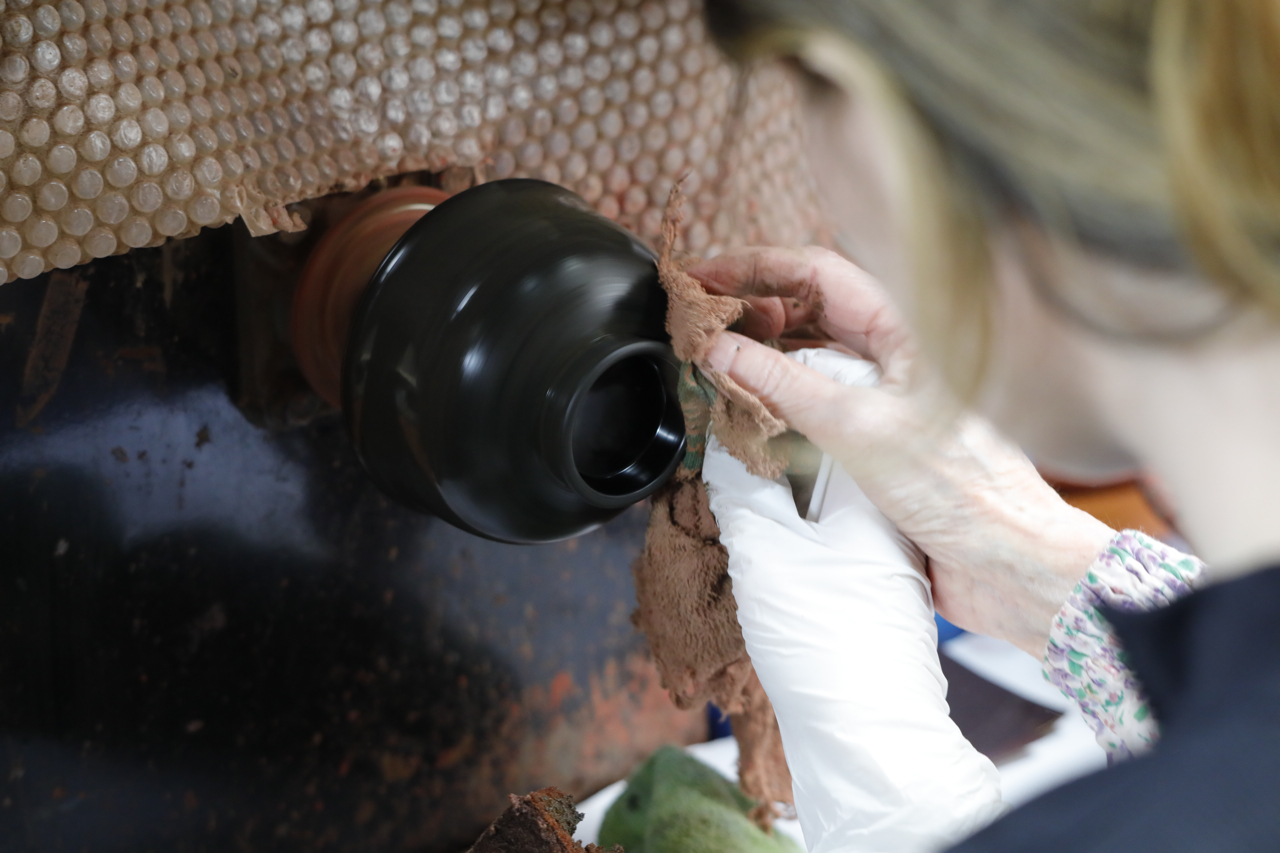
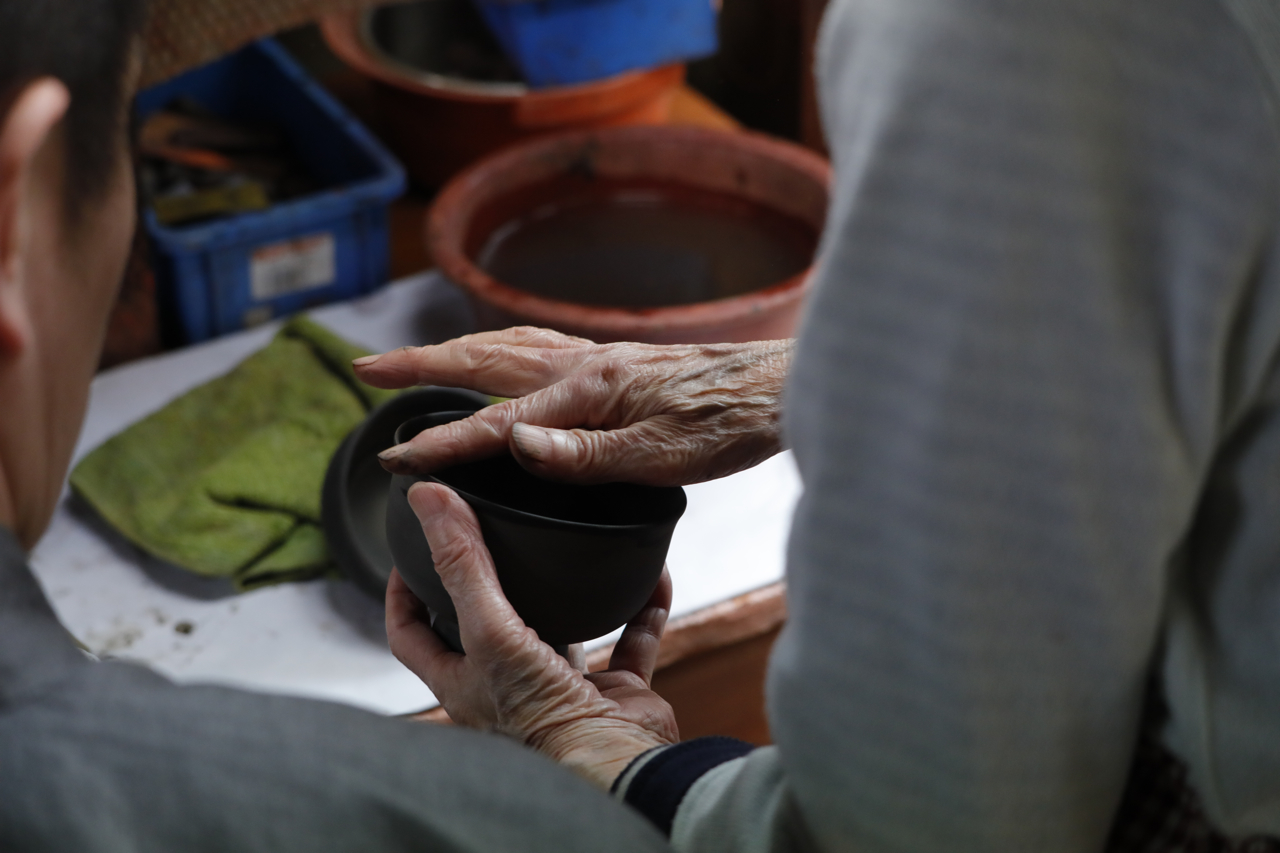

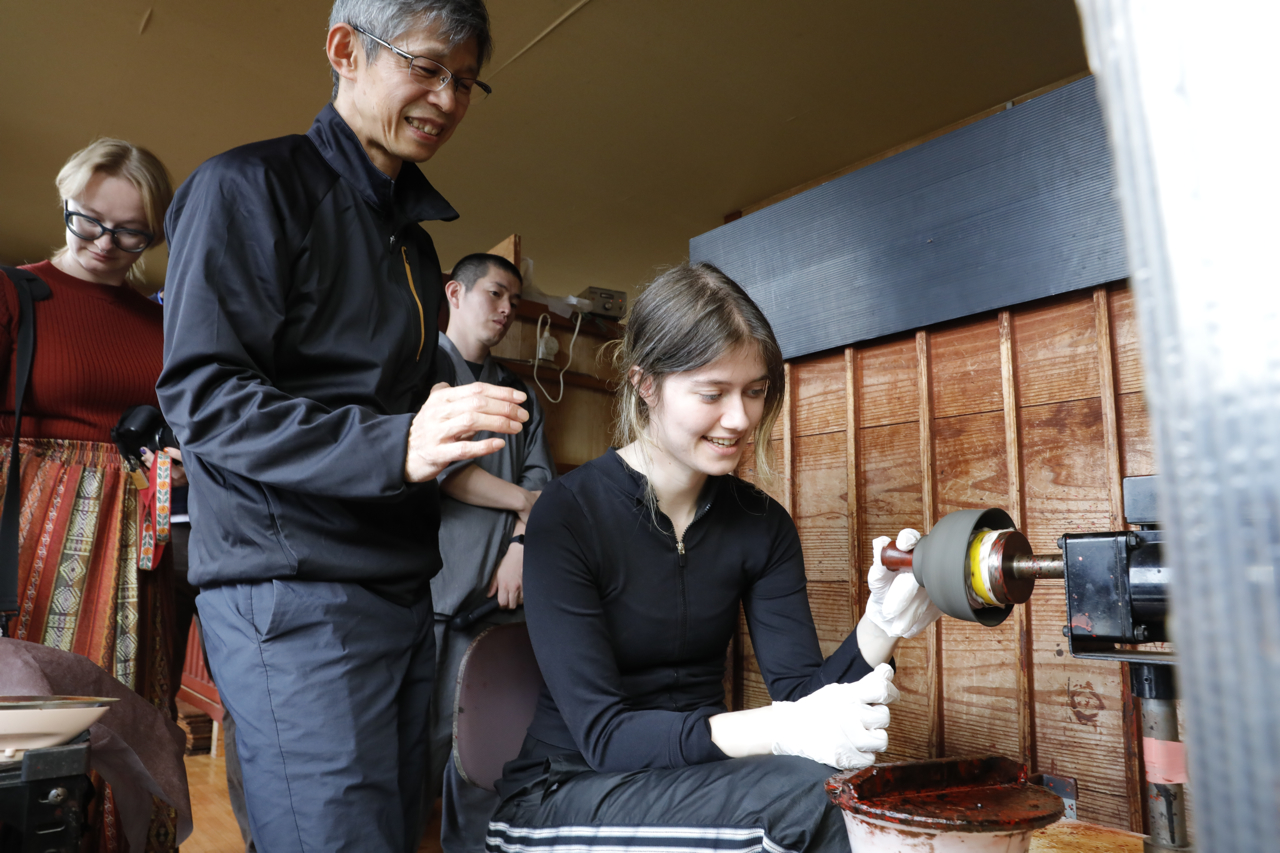
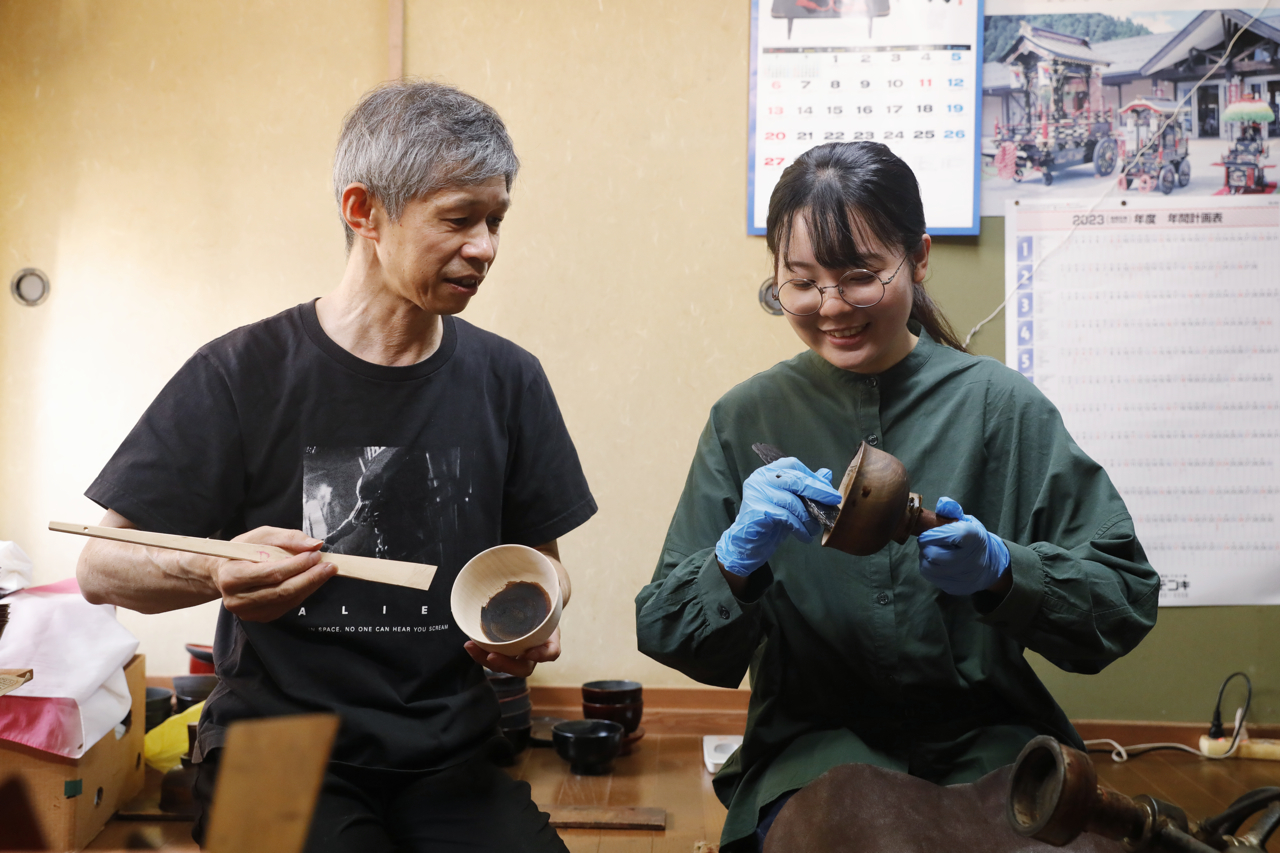
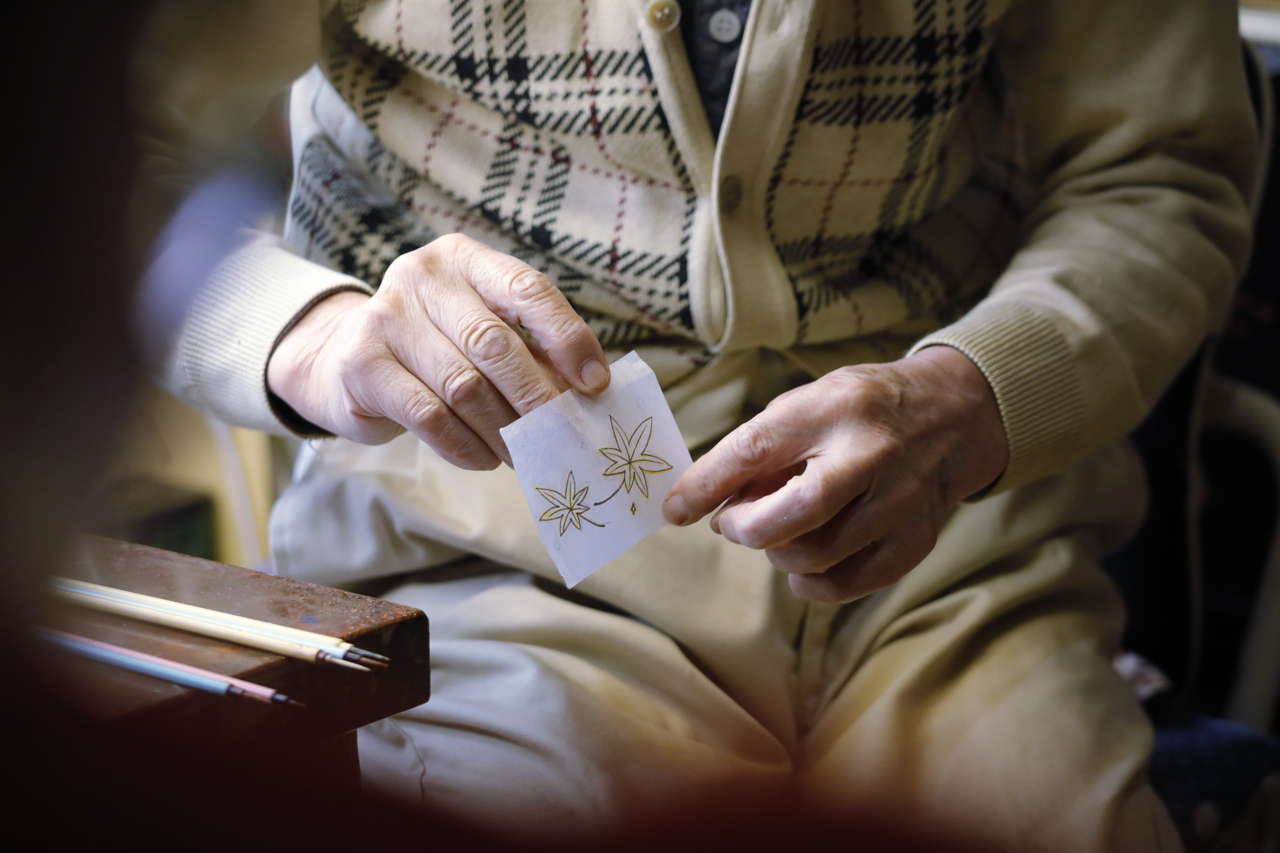
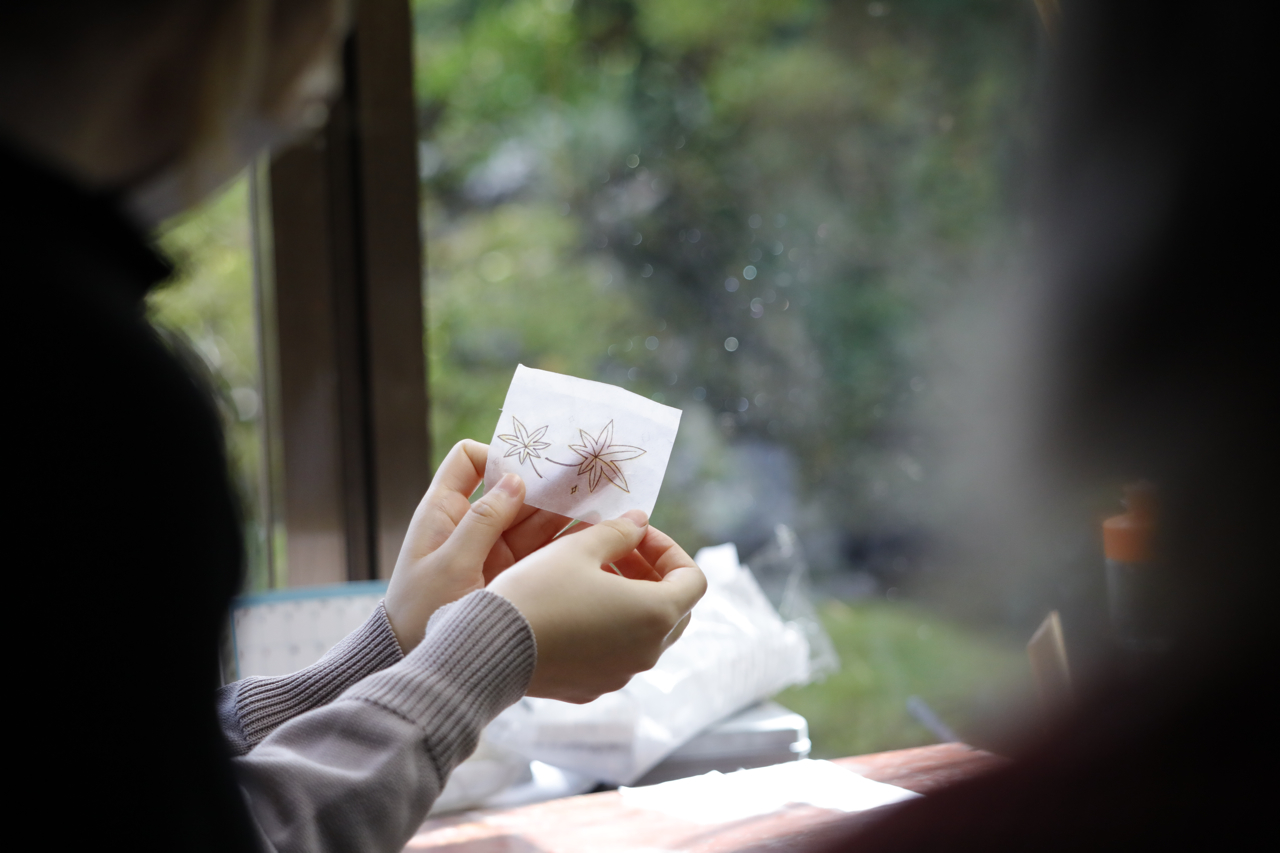
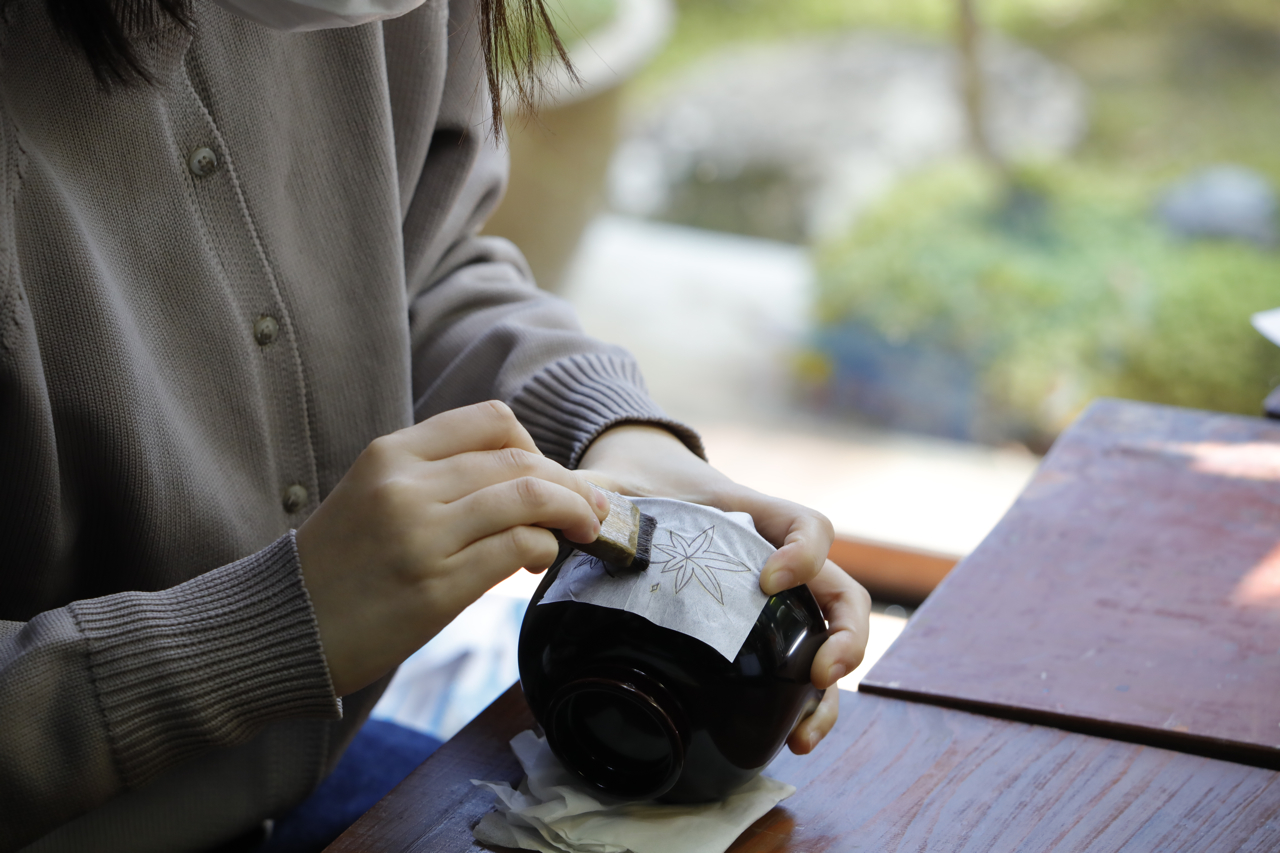

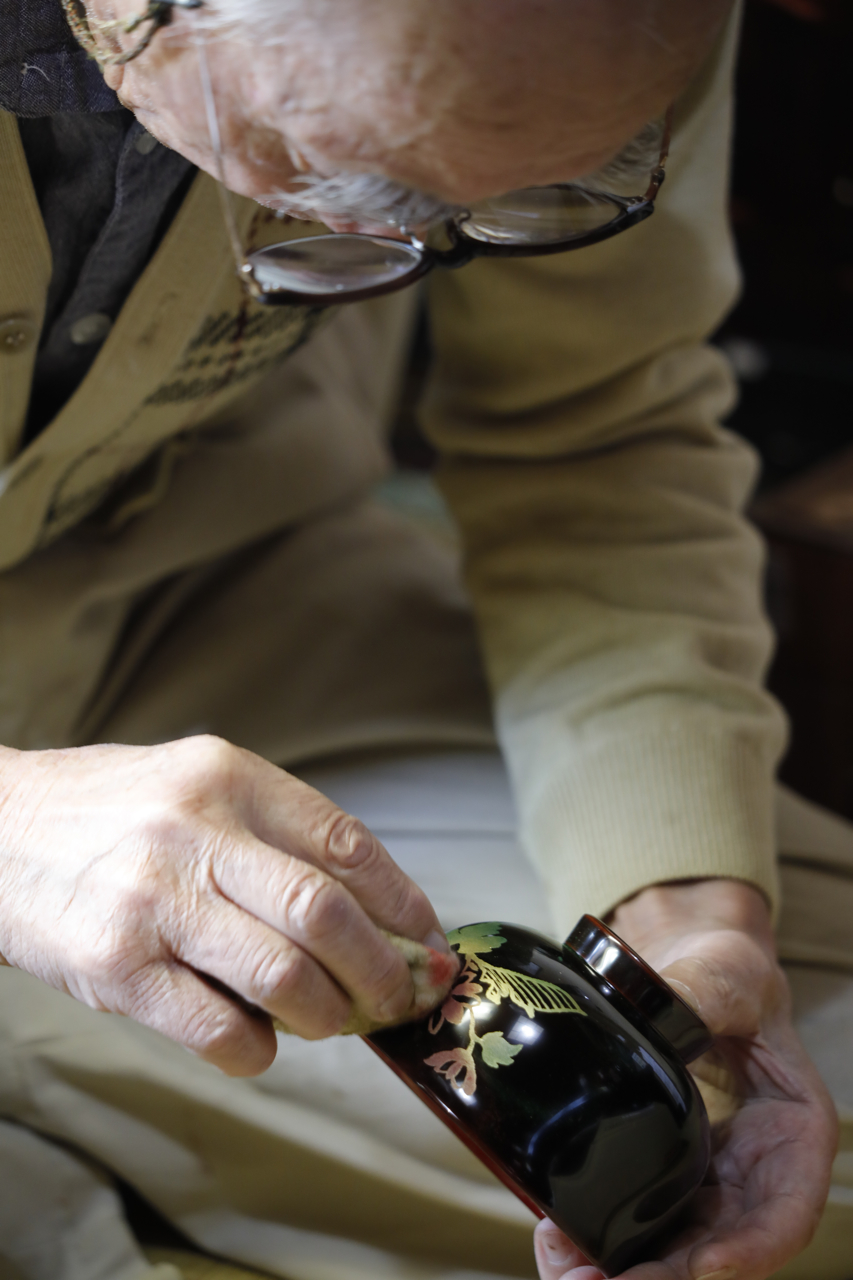
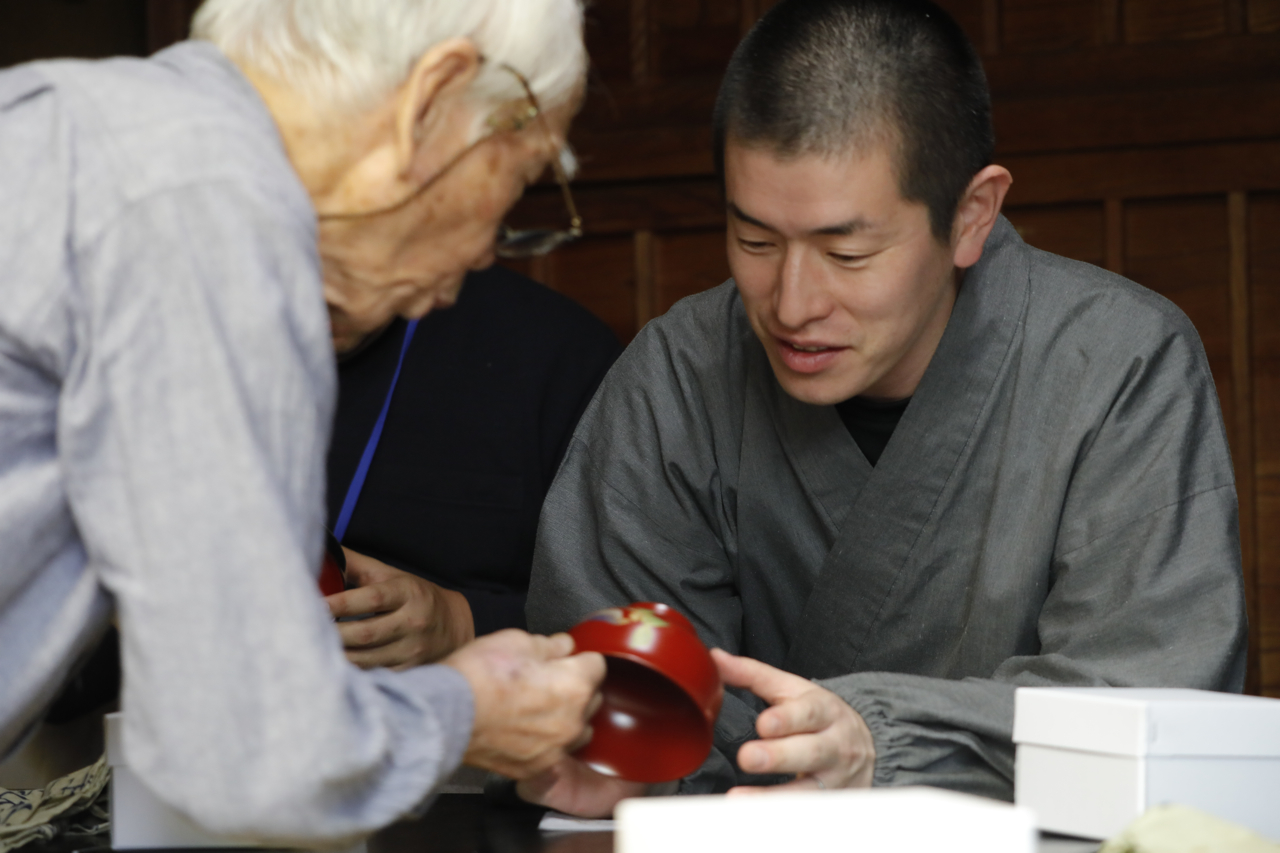
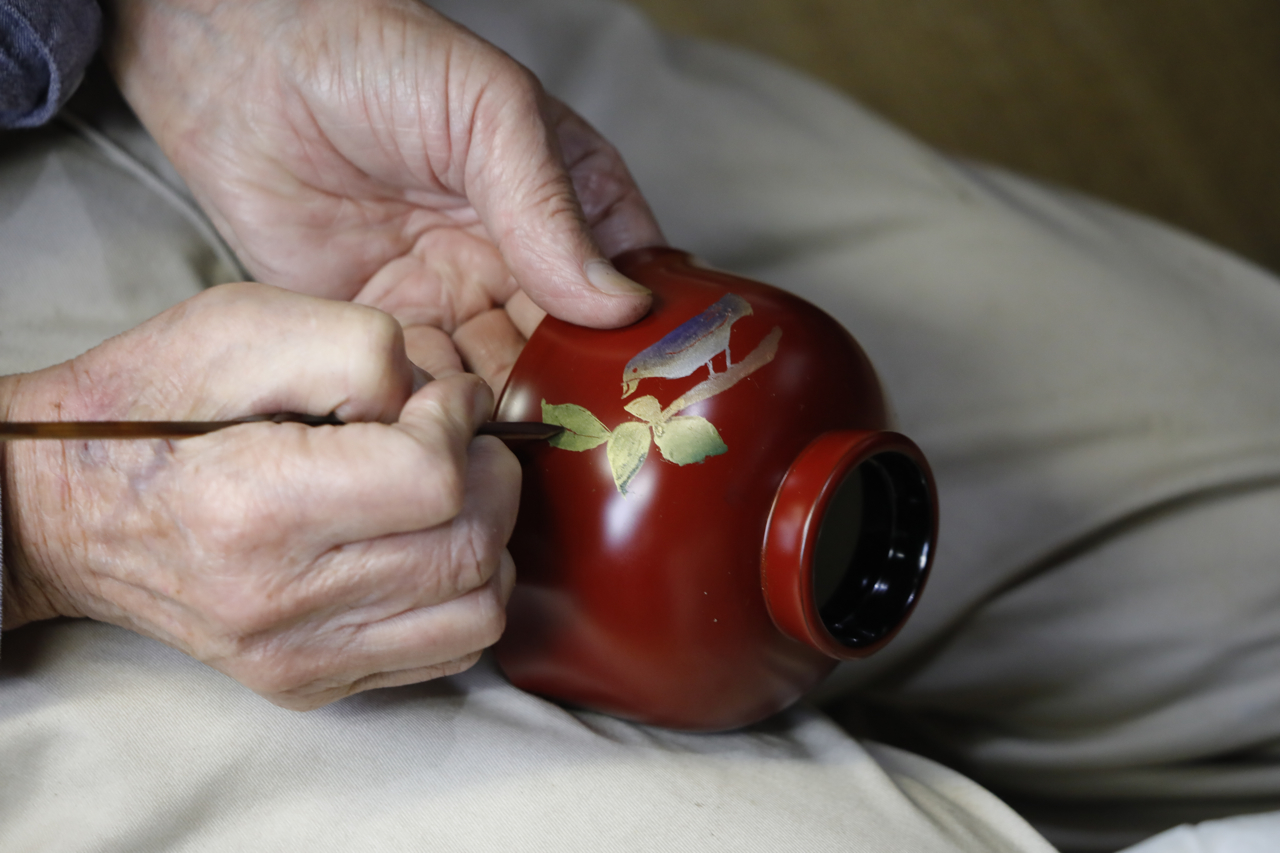
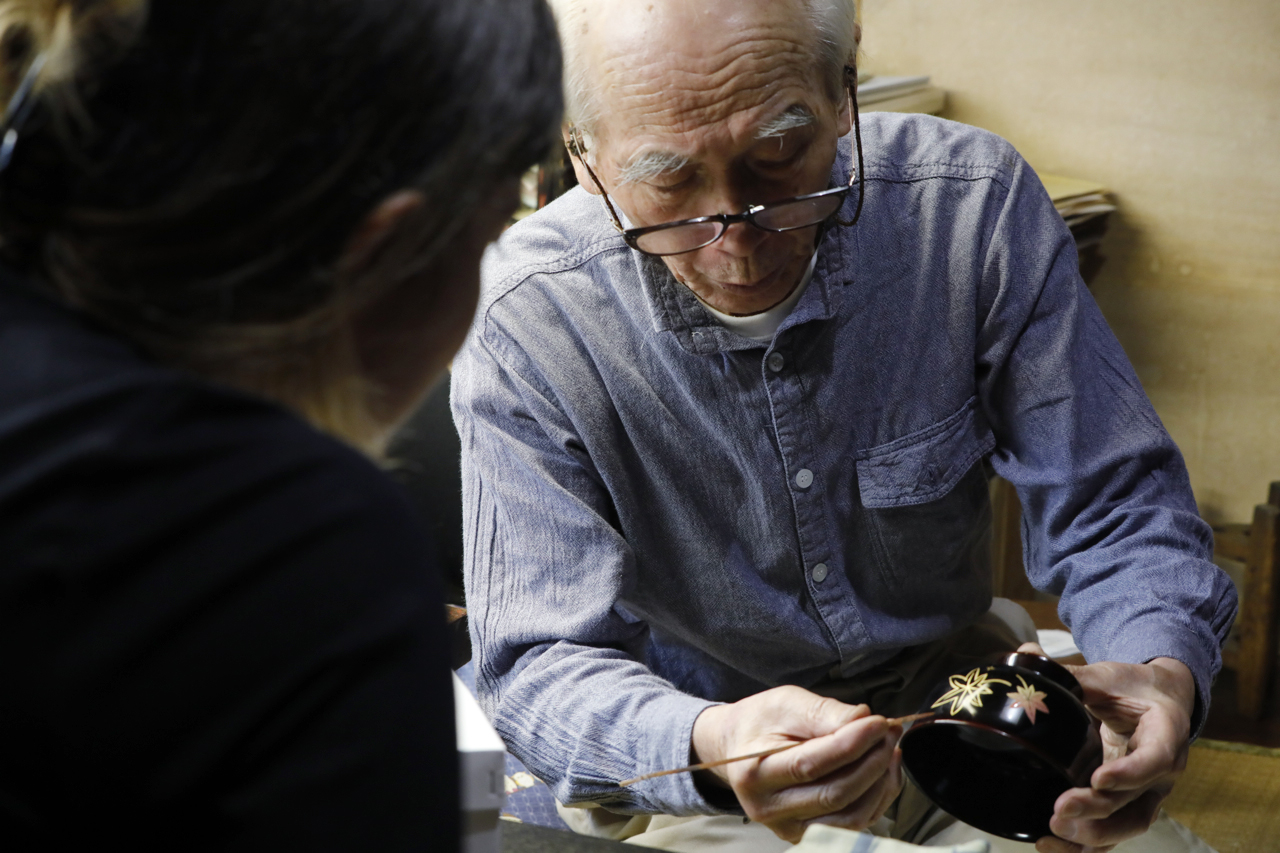
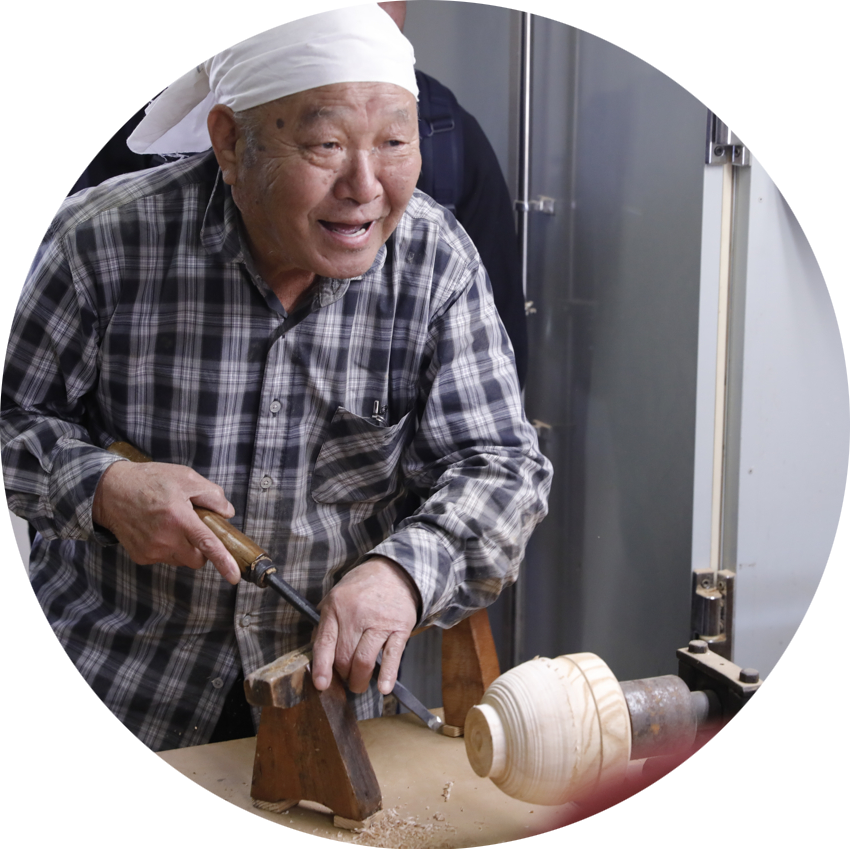
- Artisan of Shaping Wood
- Masayoshi Shimizu
- With a career spanning approximately 70 years as a woodworker, Masayoshi Shimizu is a top-class professional. They possess the ability to shape wood effortlessly using tools they maintain themselves, and can reproduce any form with precision.
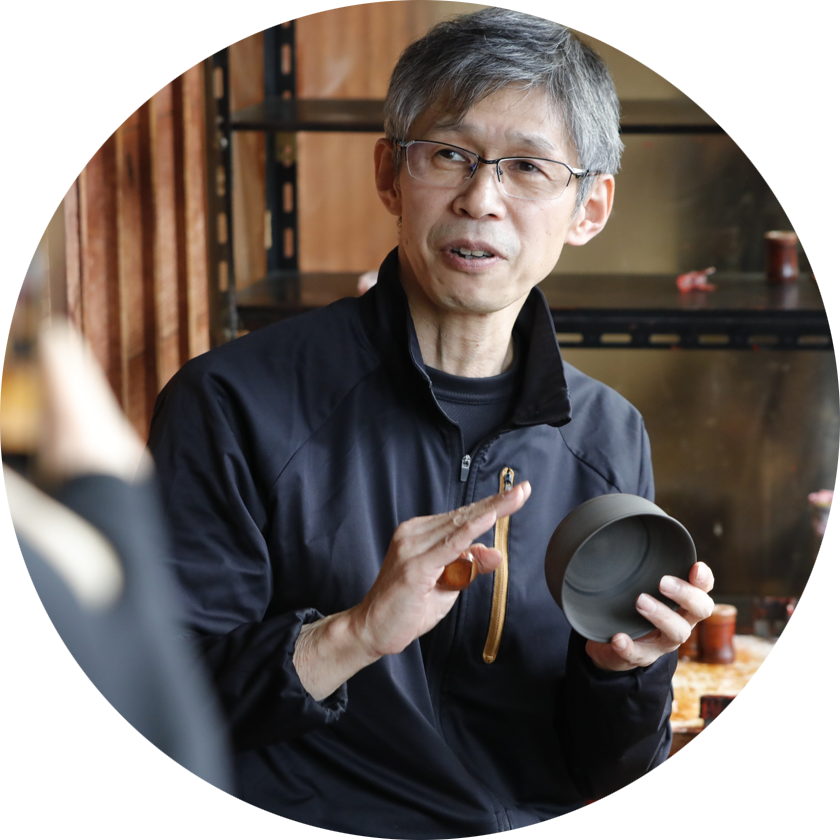
- Artisan of Lacquering
- Tachiyo Kajiwara
- Tachiyo Kajiwara runs a studio dedicated to the lacquerware lacquering process with their father. They hold a deep respect for and preserve the lacquering techniques passed down from their parents. In addition to production, they also undertake repair work for lacquerware.
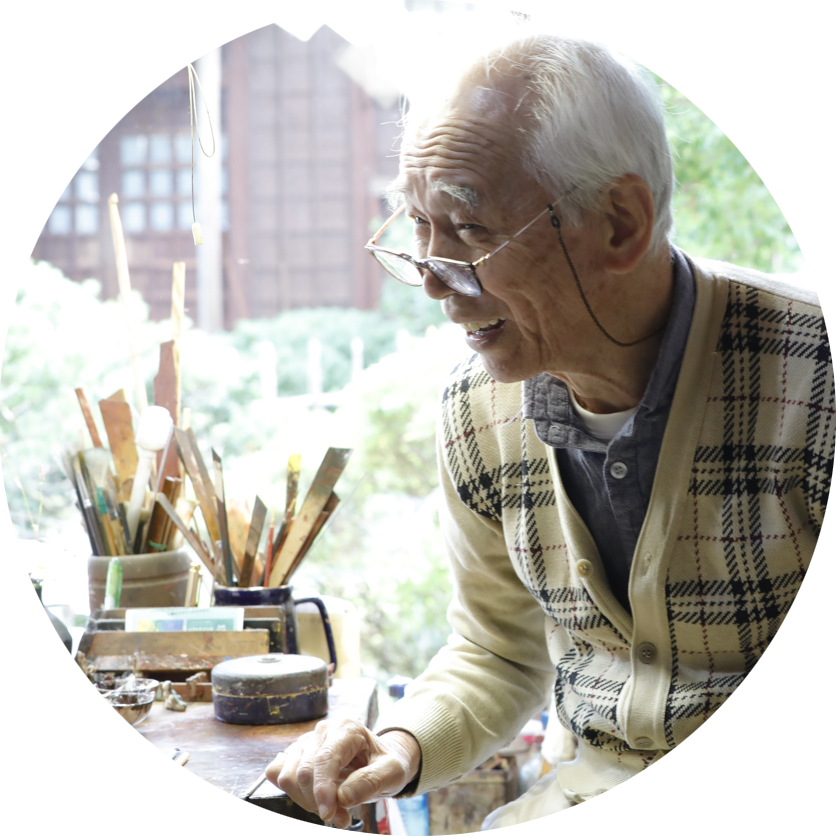
- Artisan of Painting Makie
- Naganobu Komamoto
- With a career spanning approximately 50 years as a maki-e artist, they have dedicated themselves to the advancement of Echizen lacquerware techniques and the nurturing of successors. They are a top-tier artisan who relentlessly explores the possibilities of maki-e with an unwavering spirit of exploration.
Access

- Kawada (20 mins. Taxi ride from Echizen Takefu Station)
- 20 mins. /about 6,000 JPY taxi ride from Echizen Takefu Station

